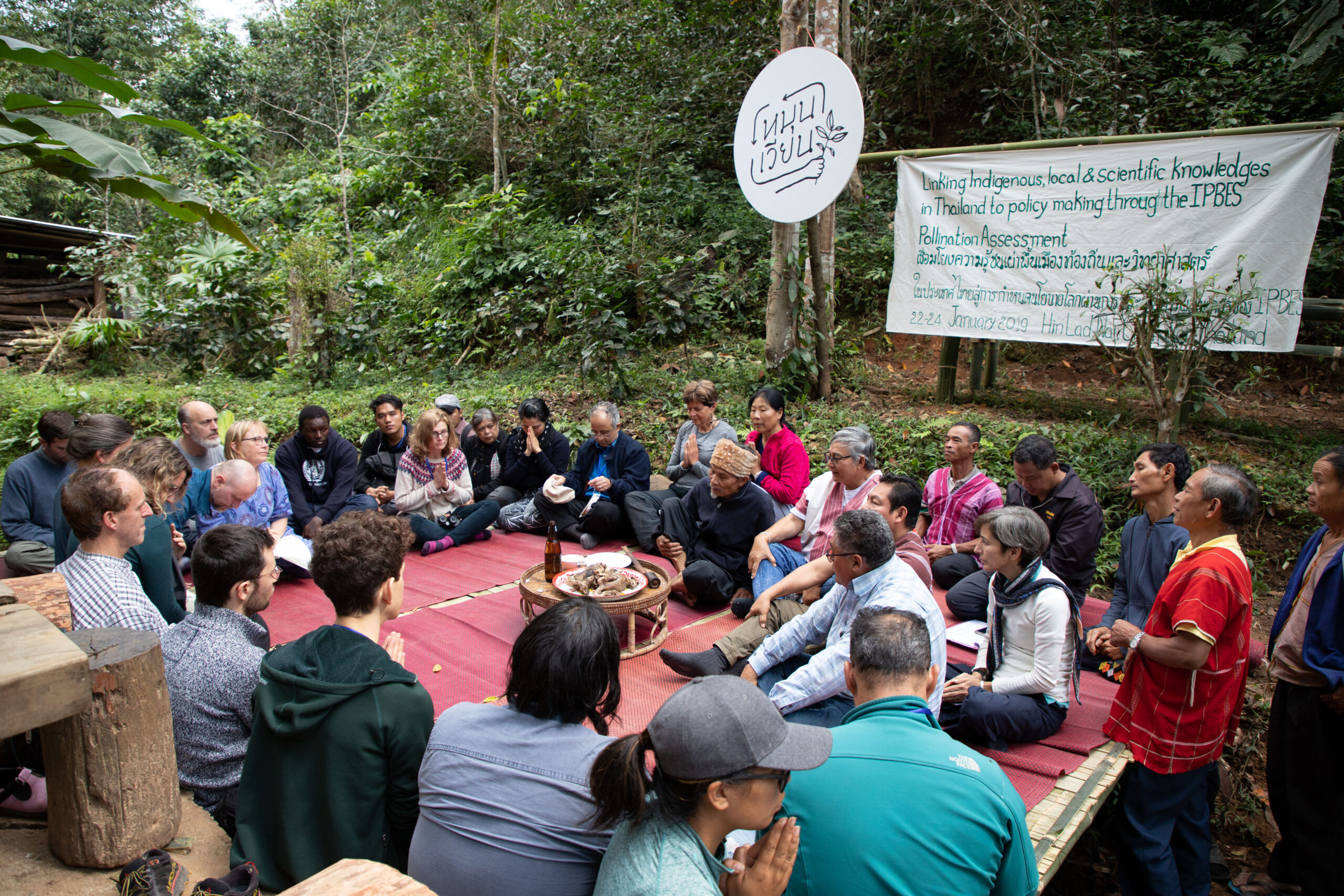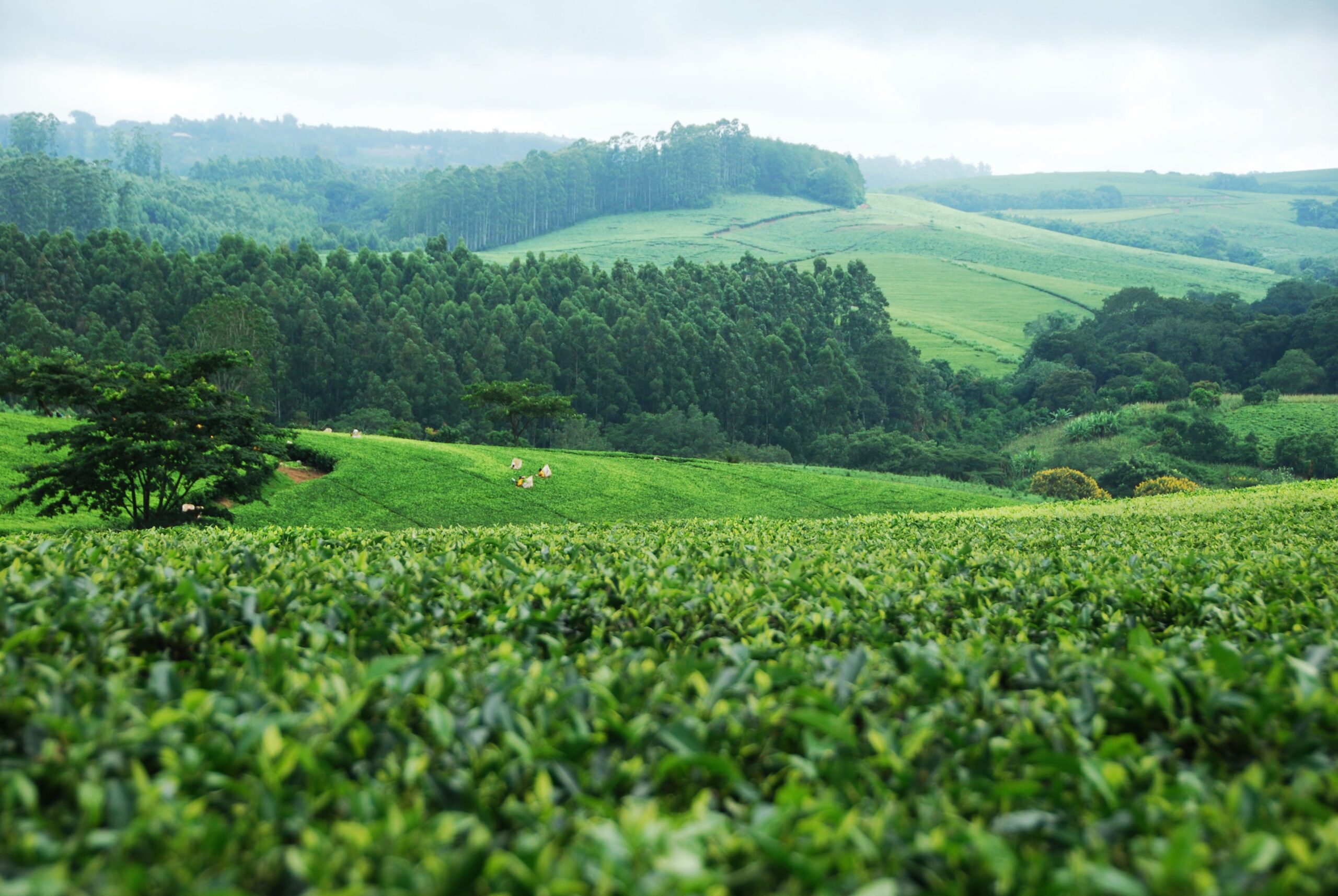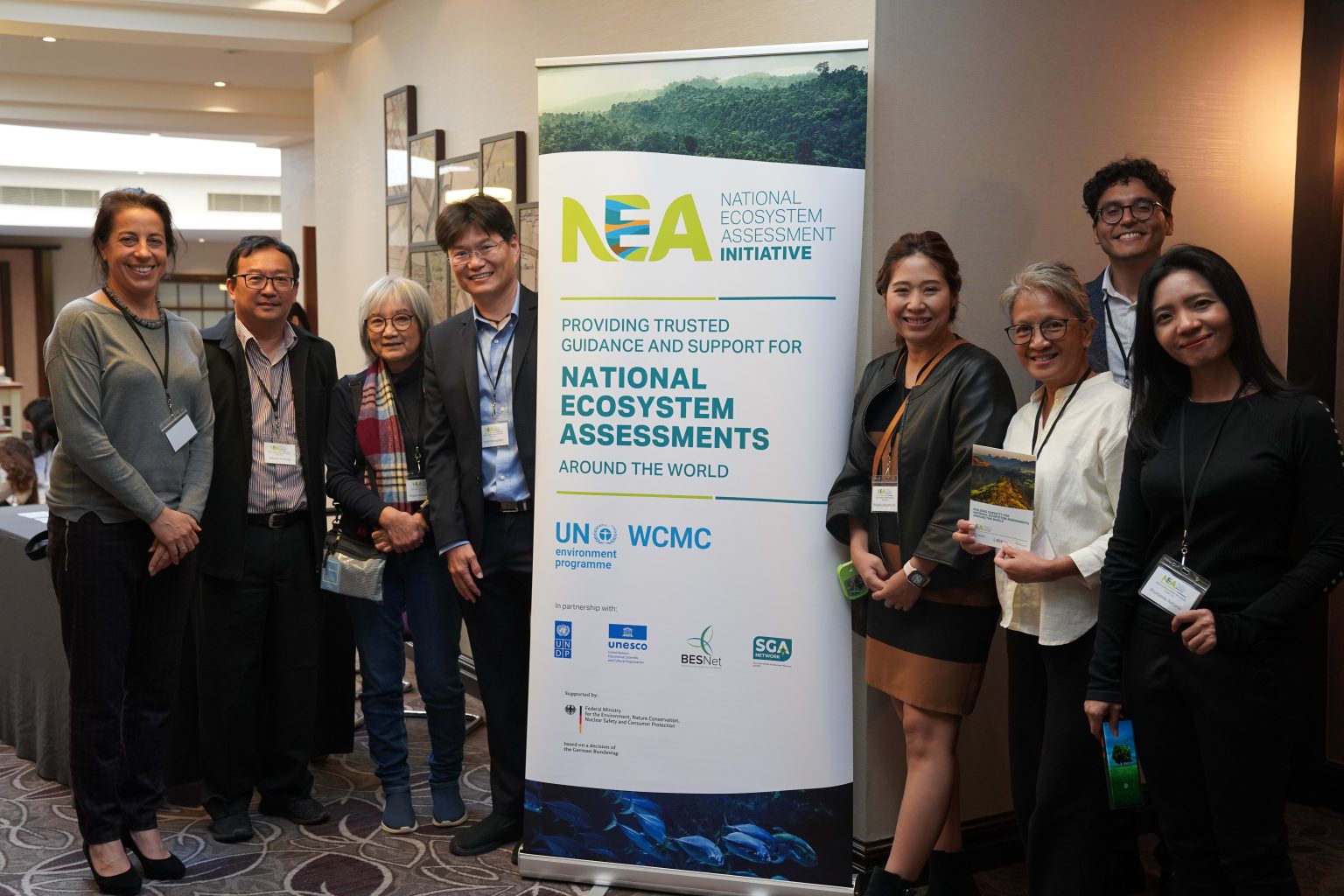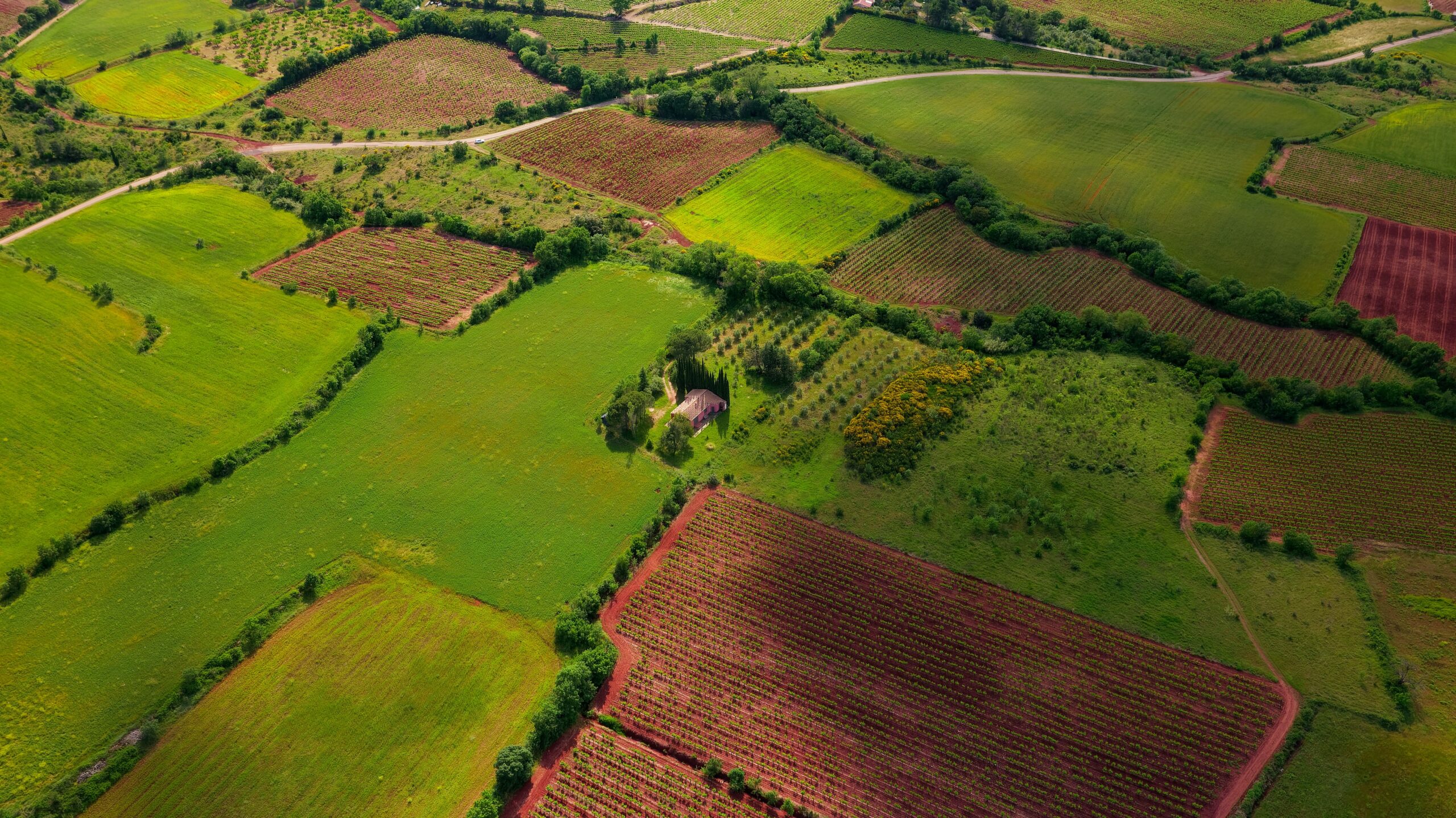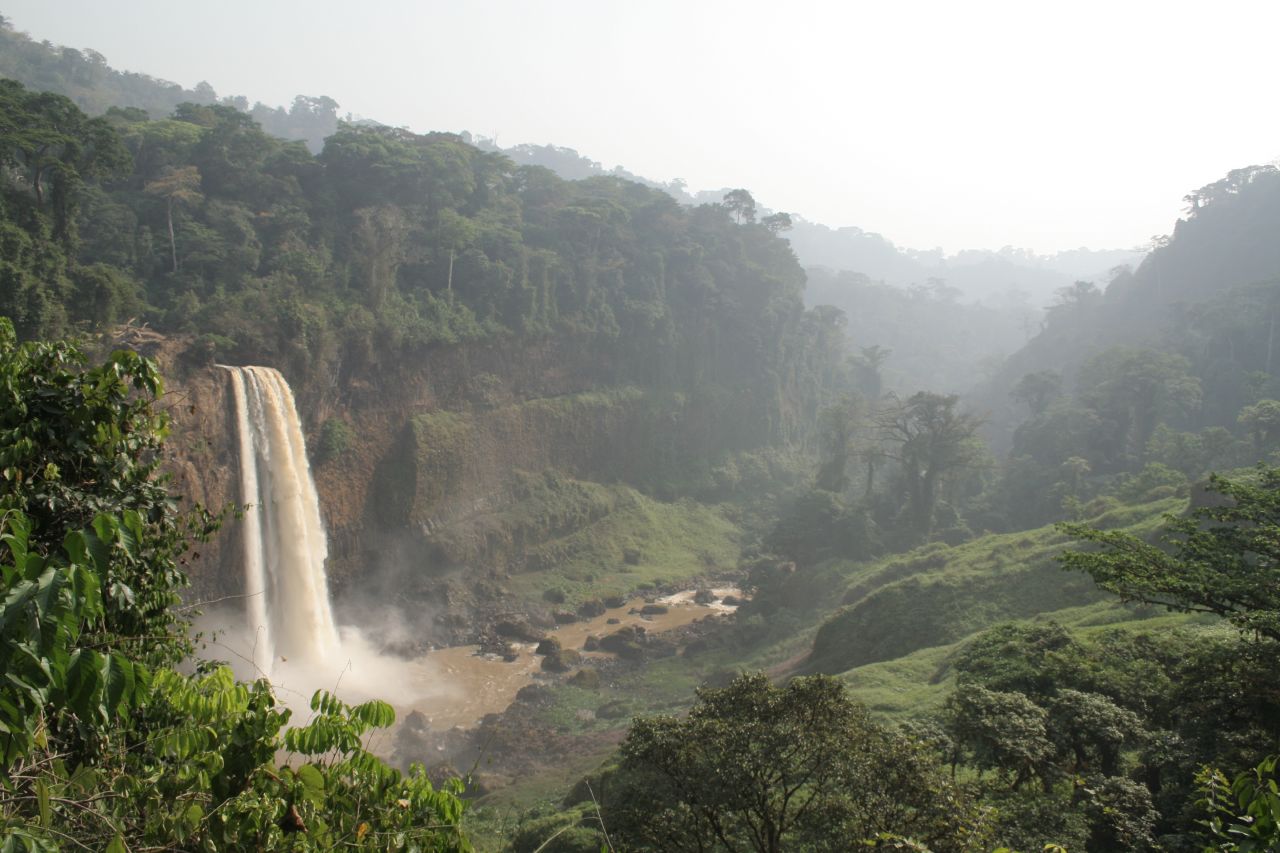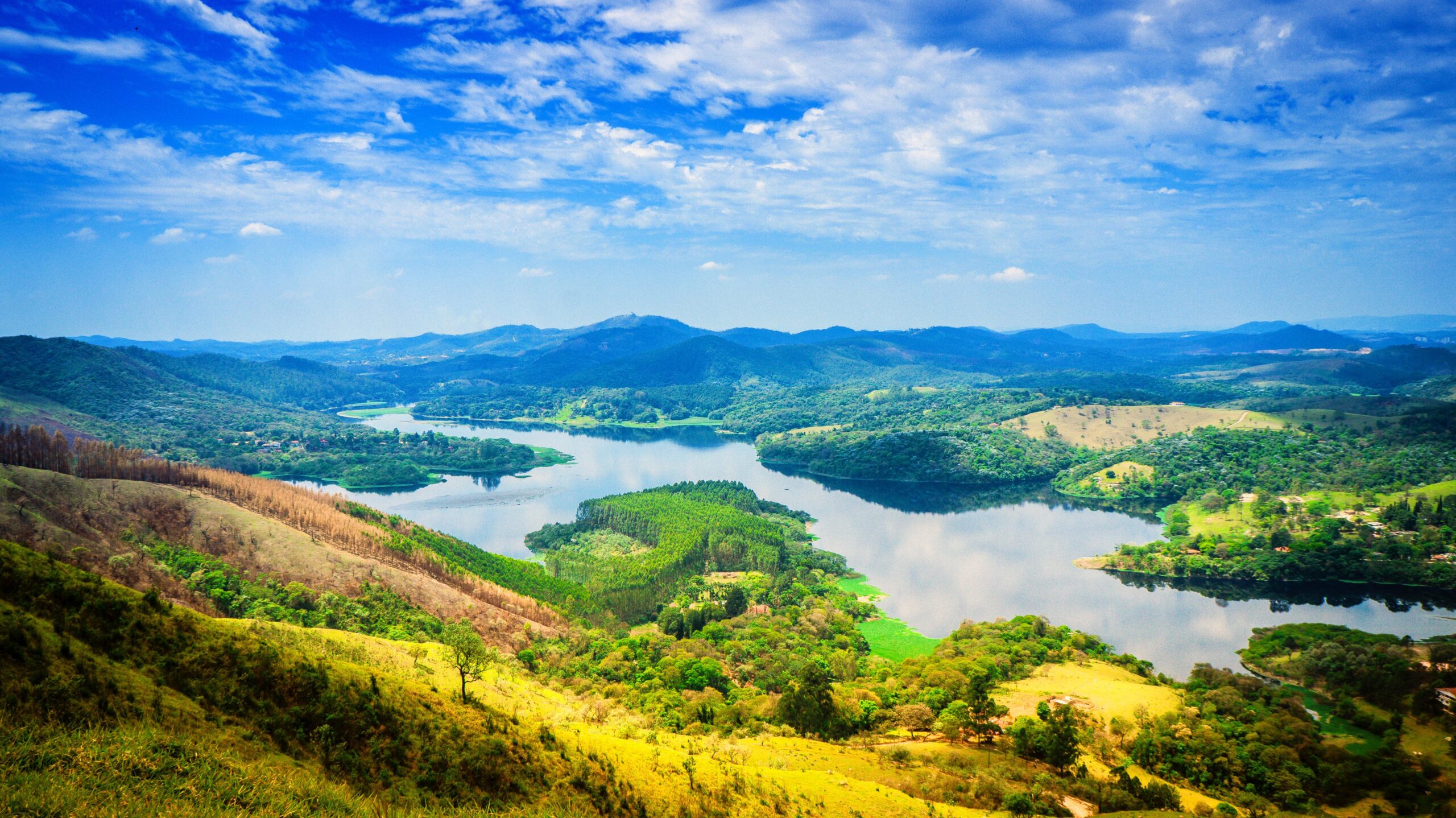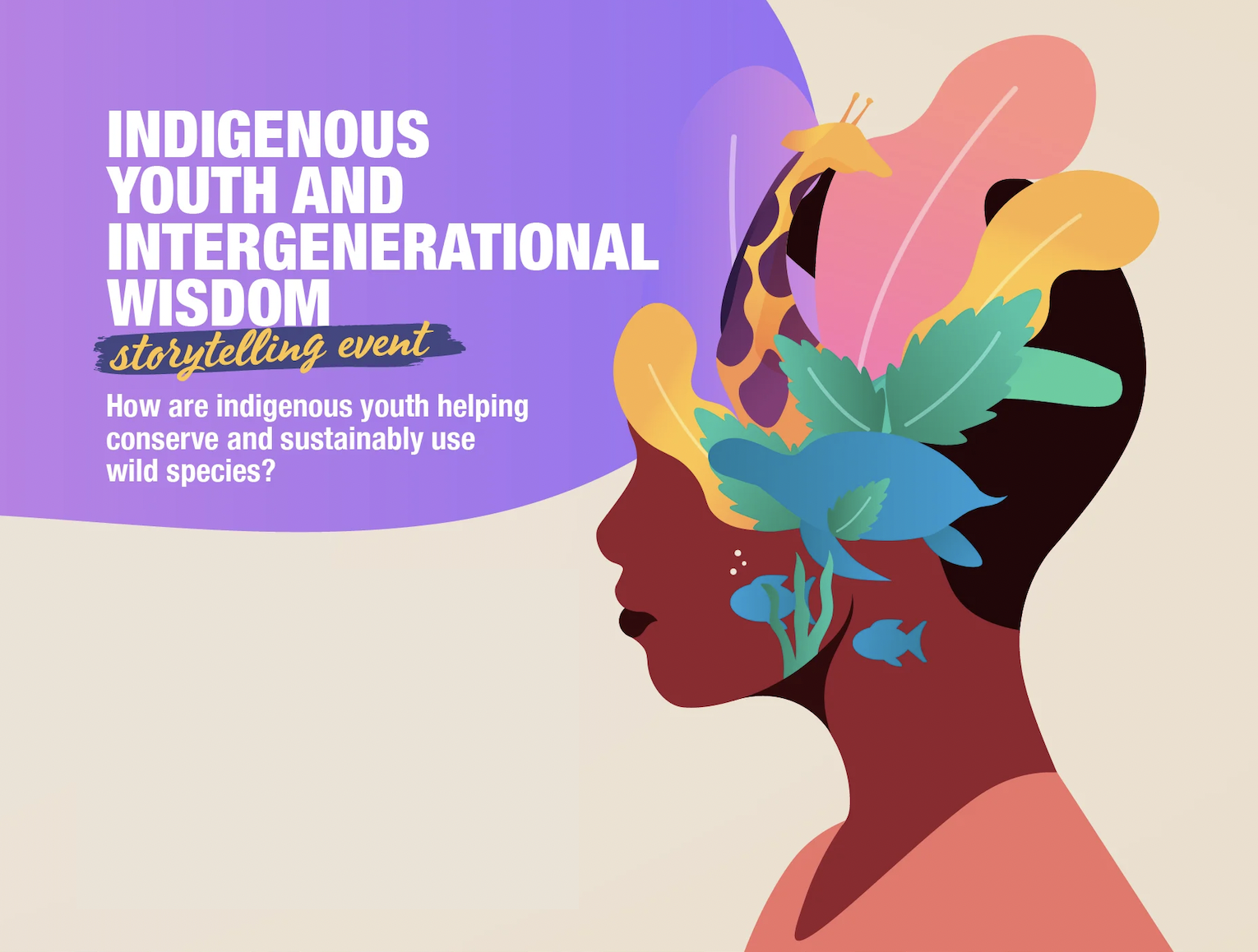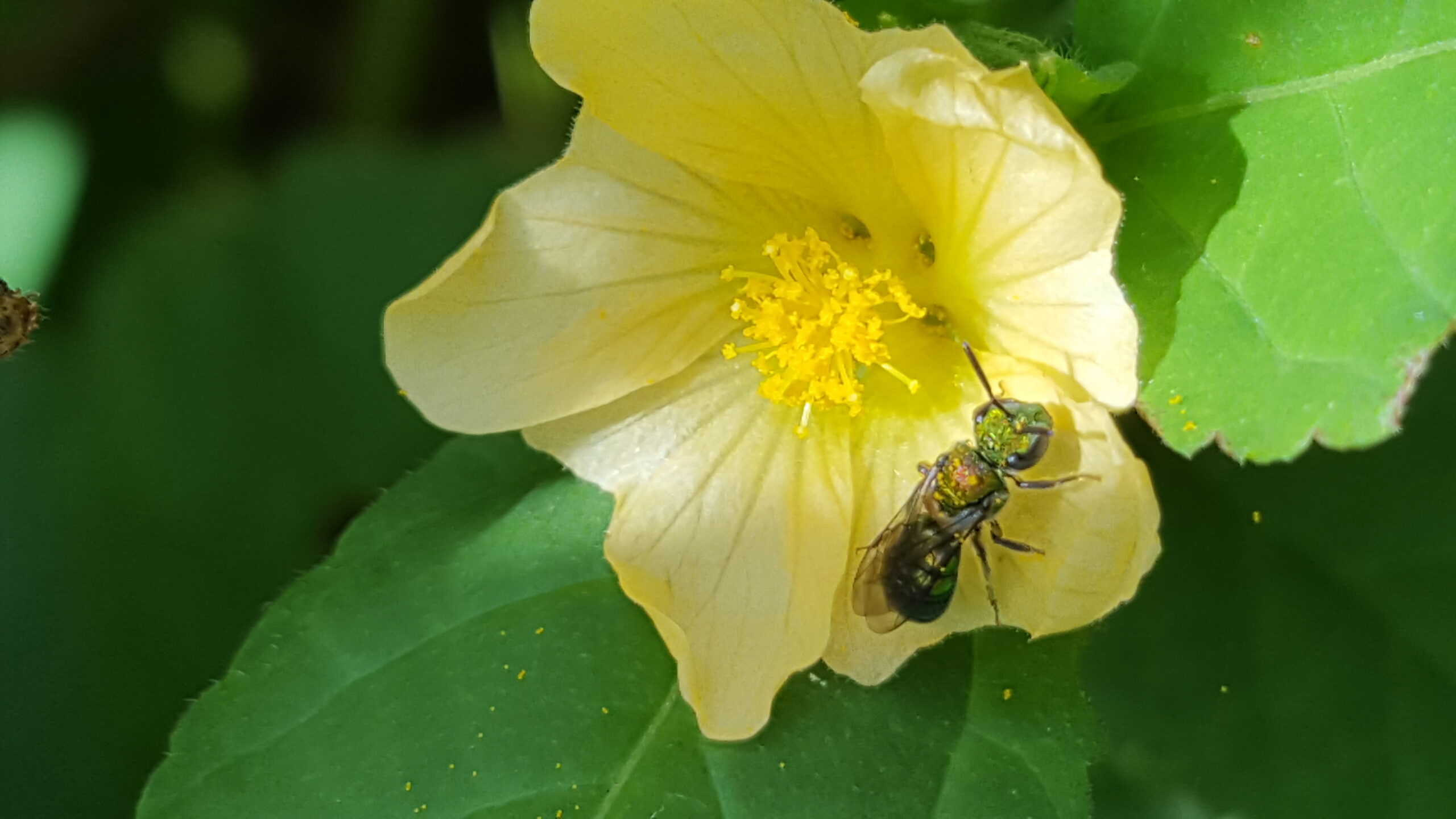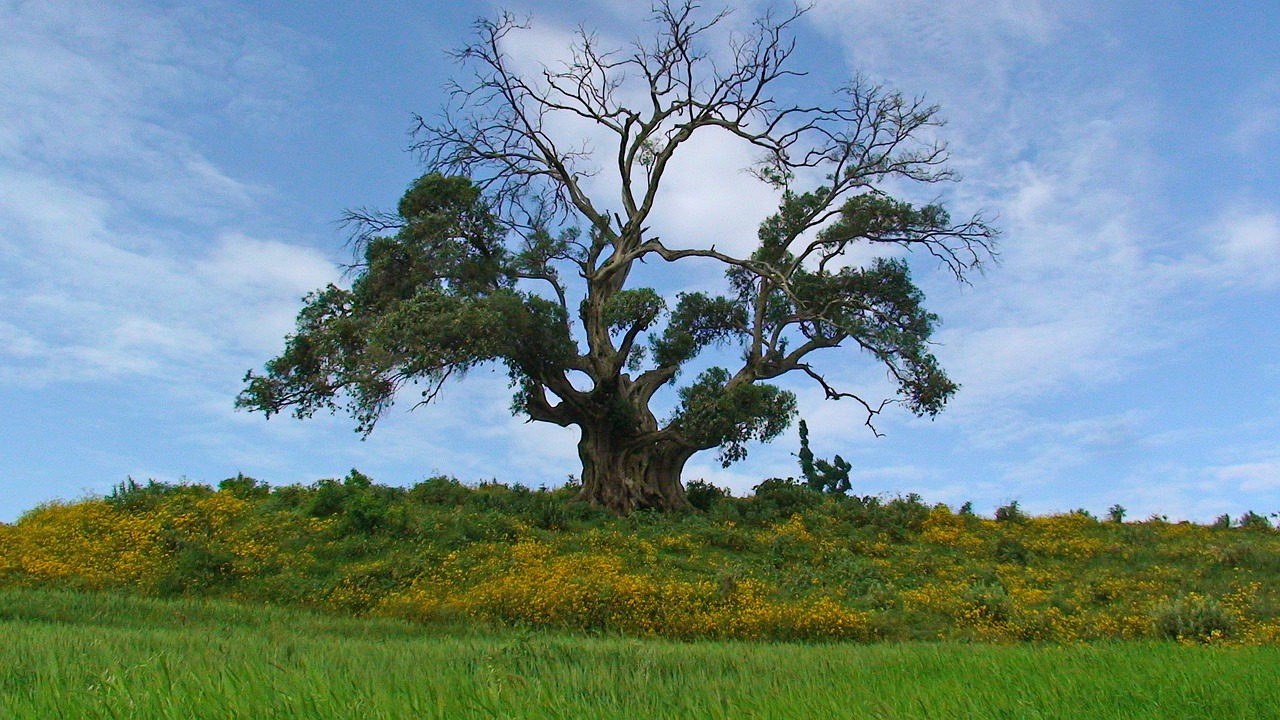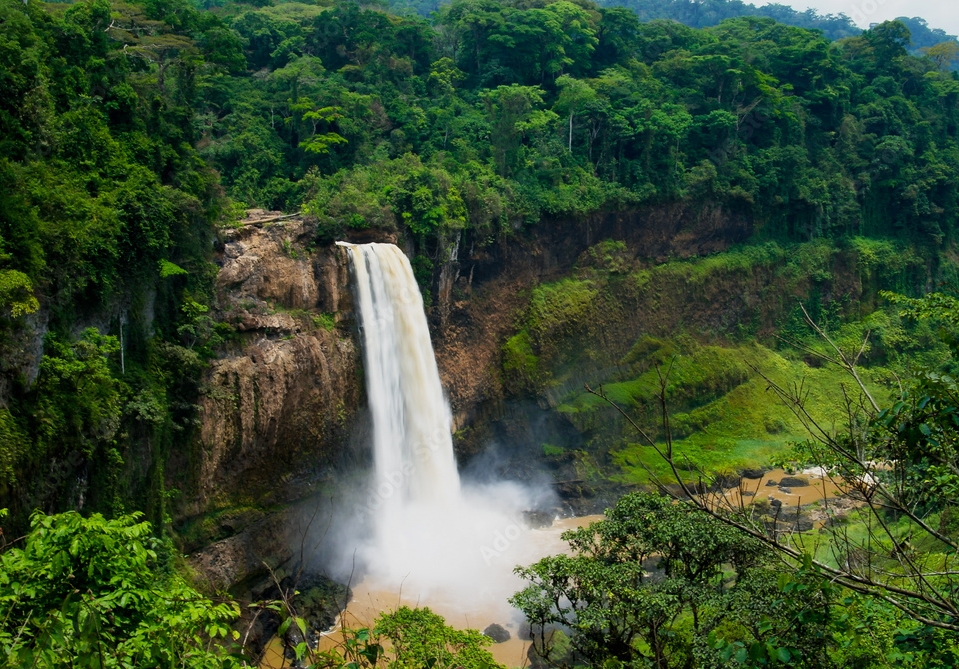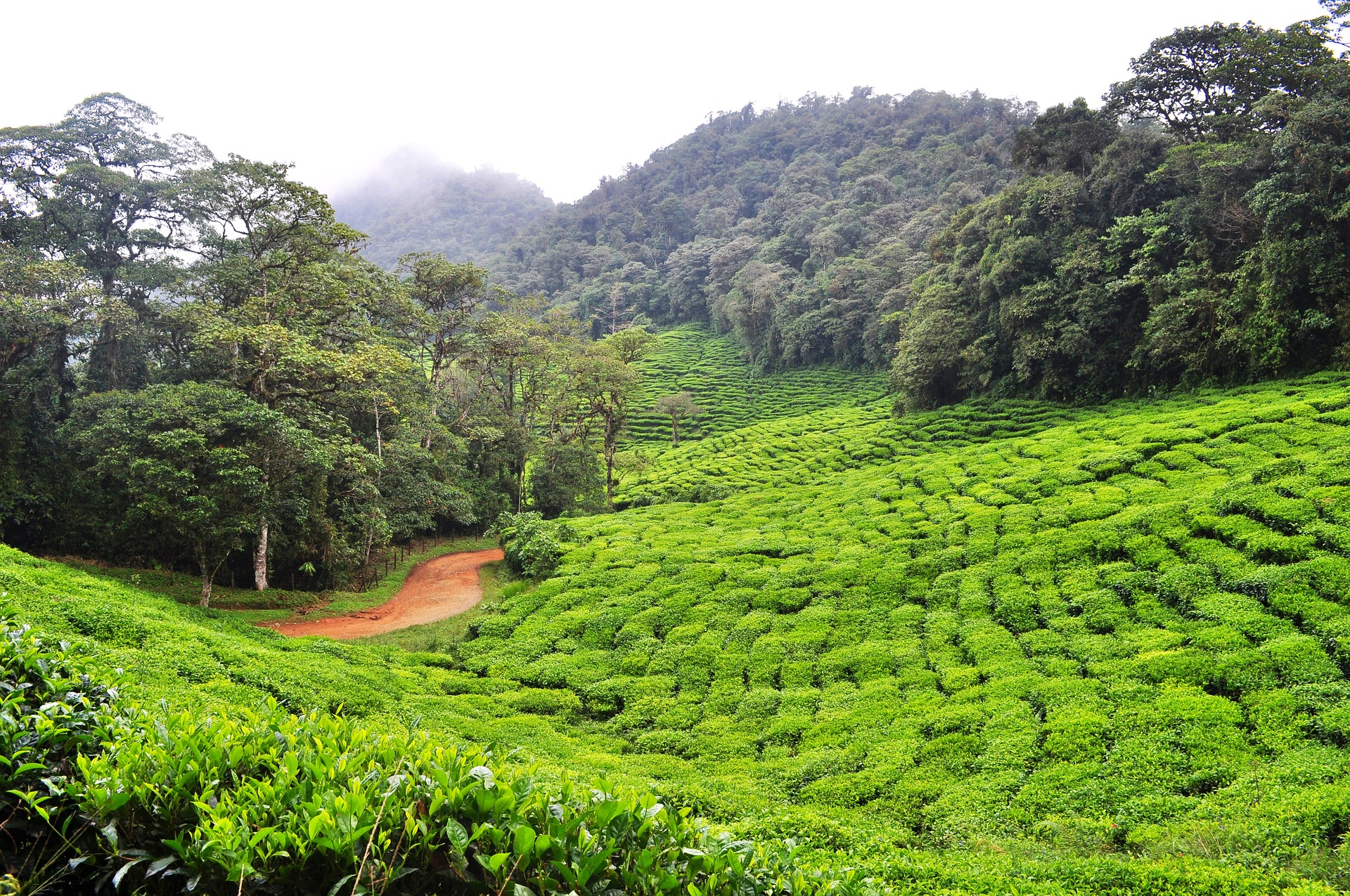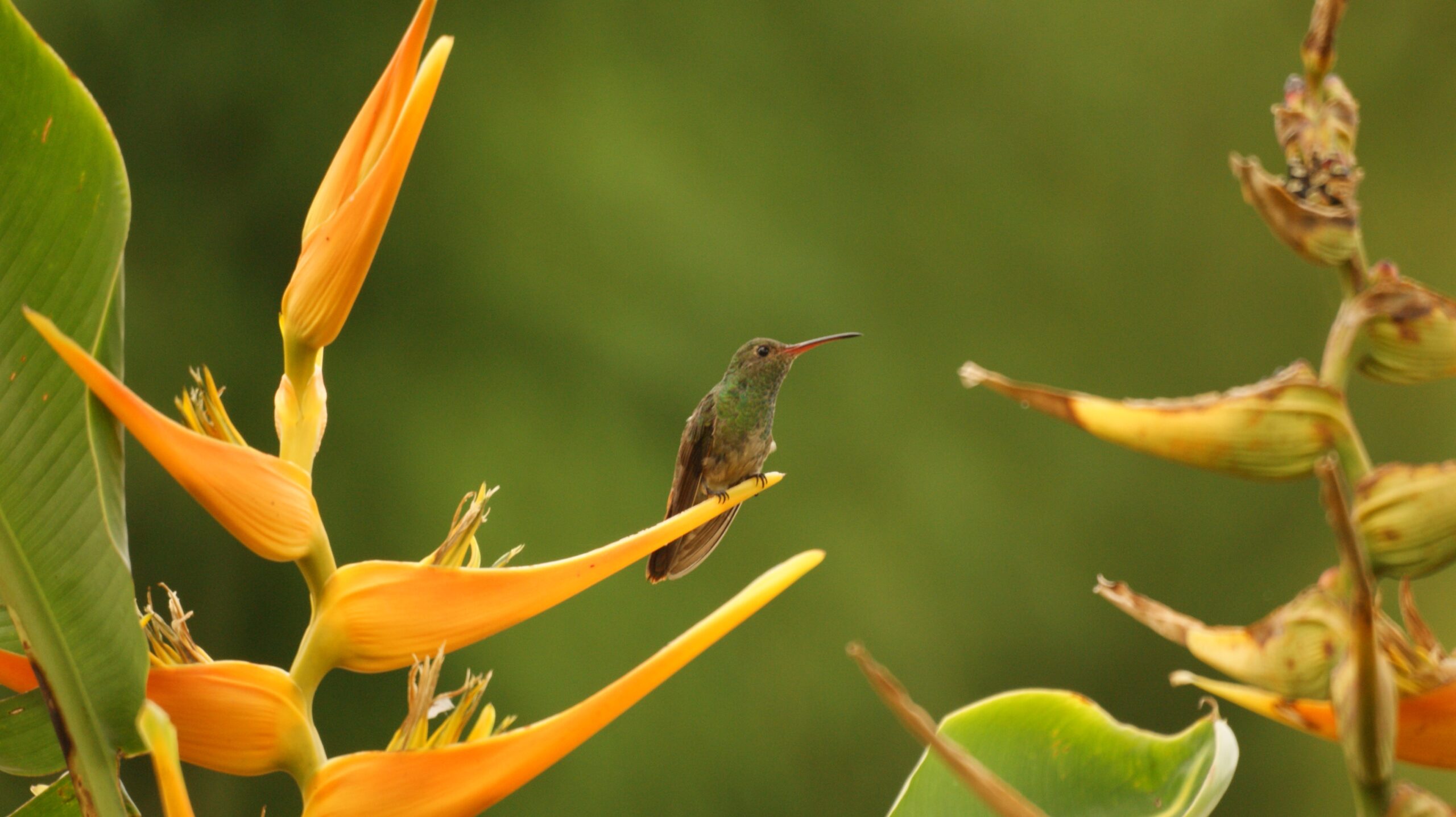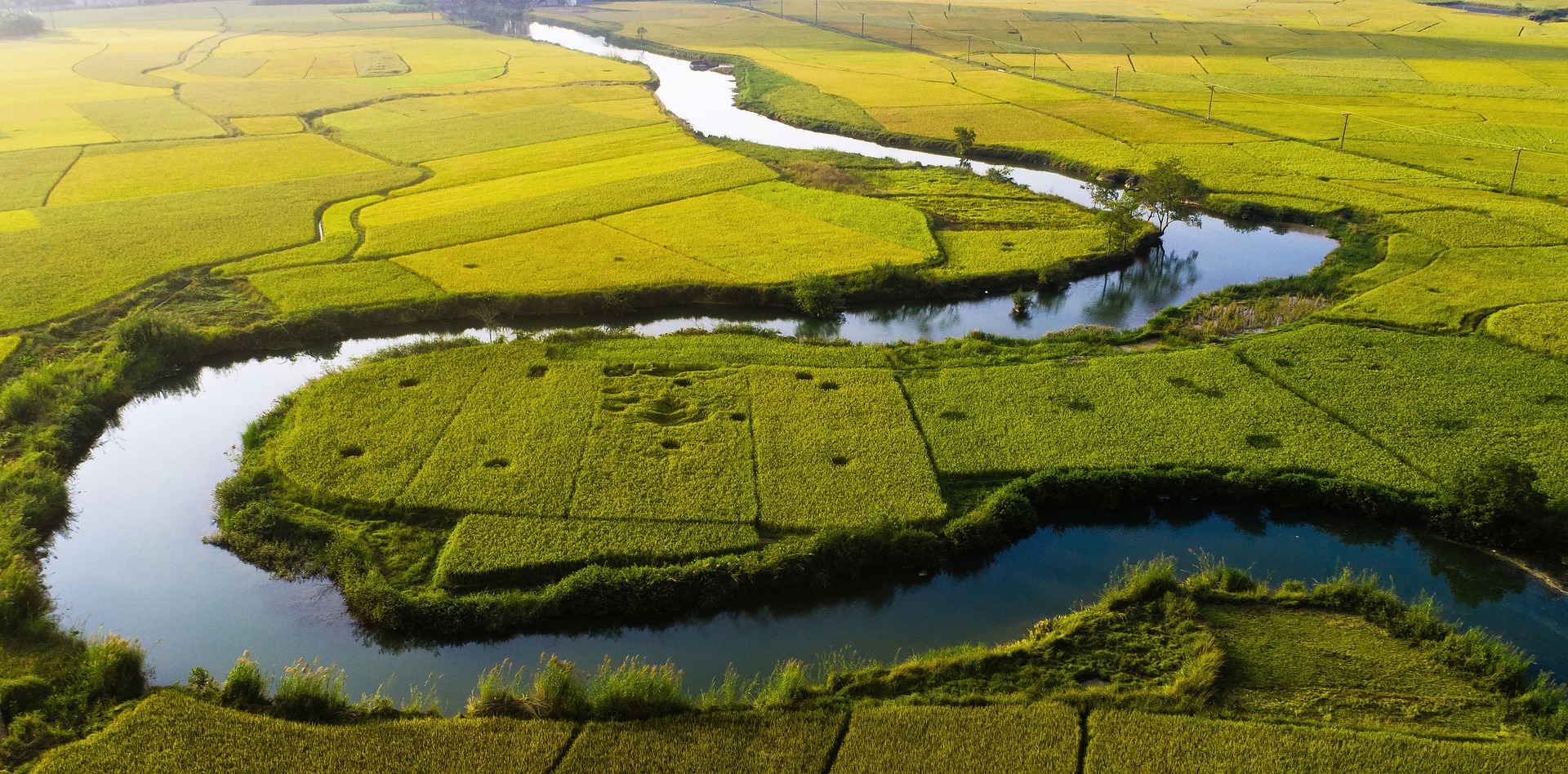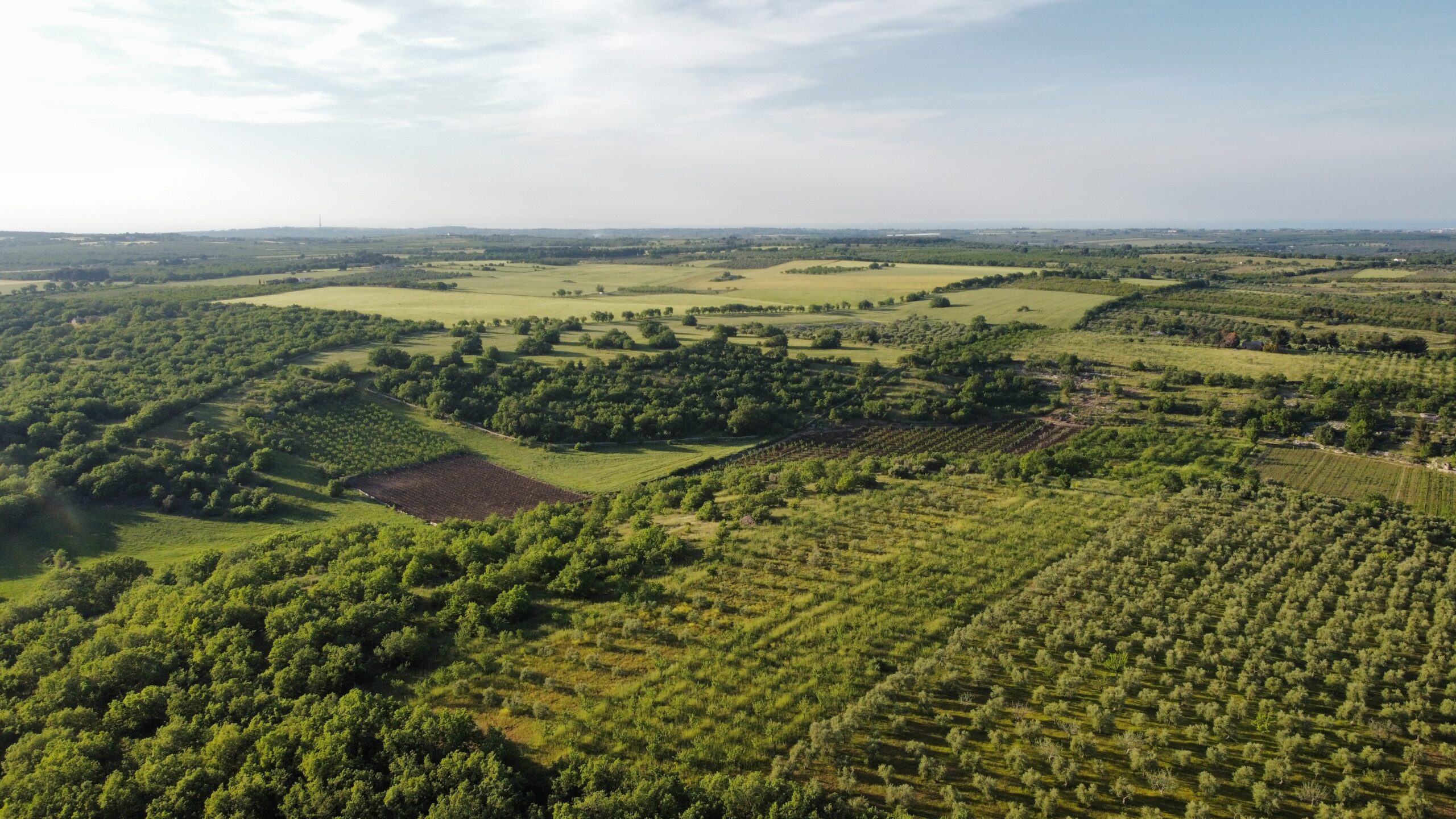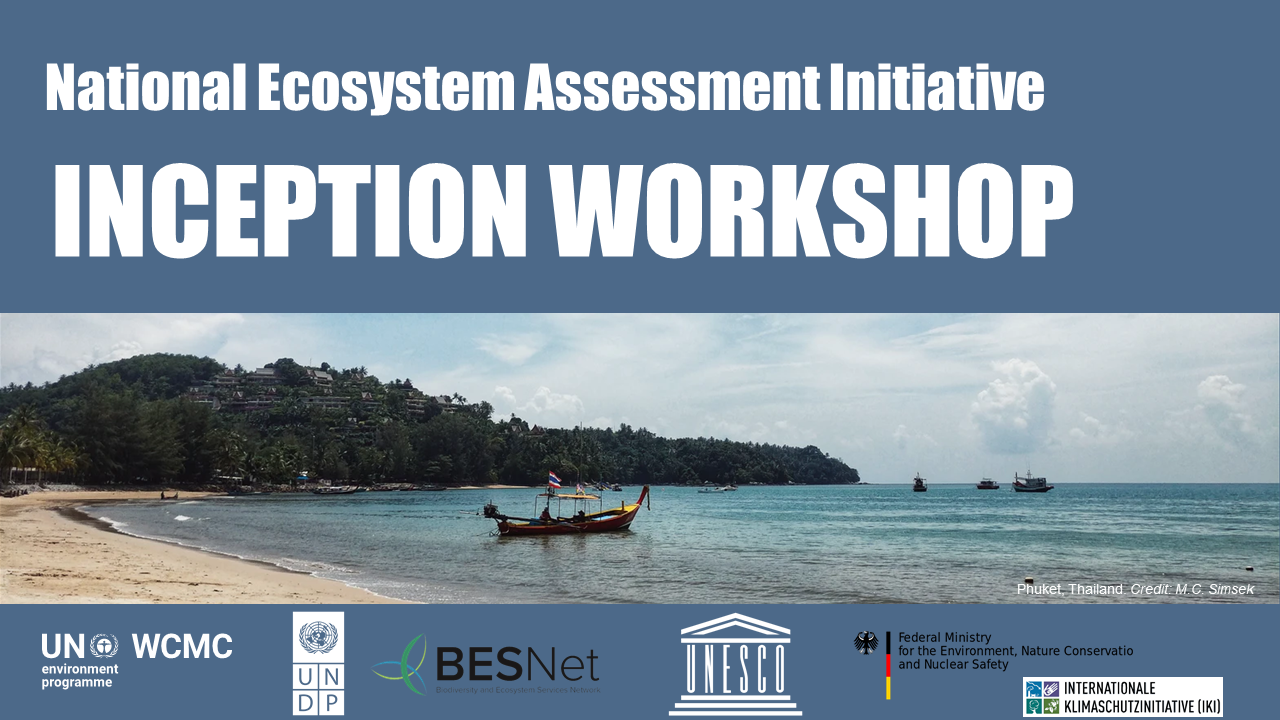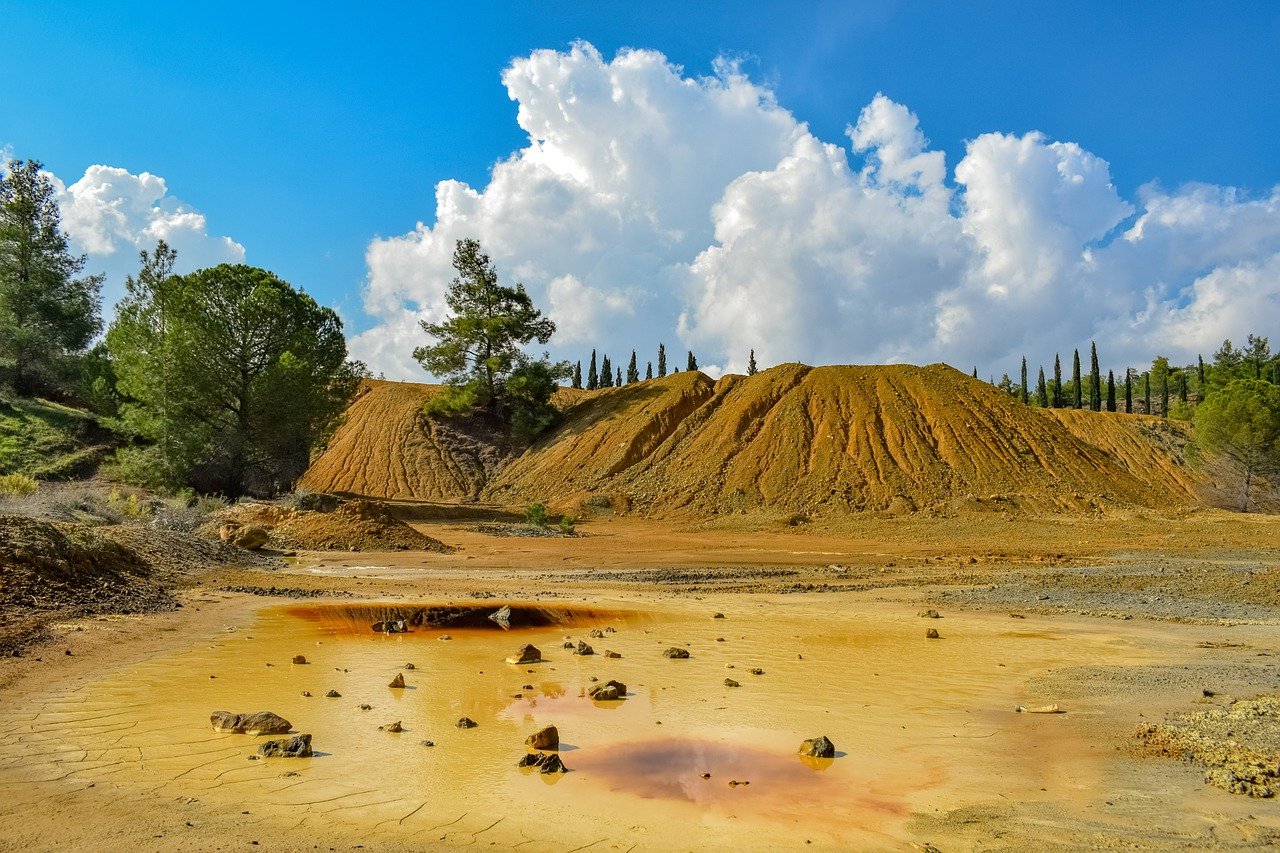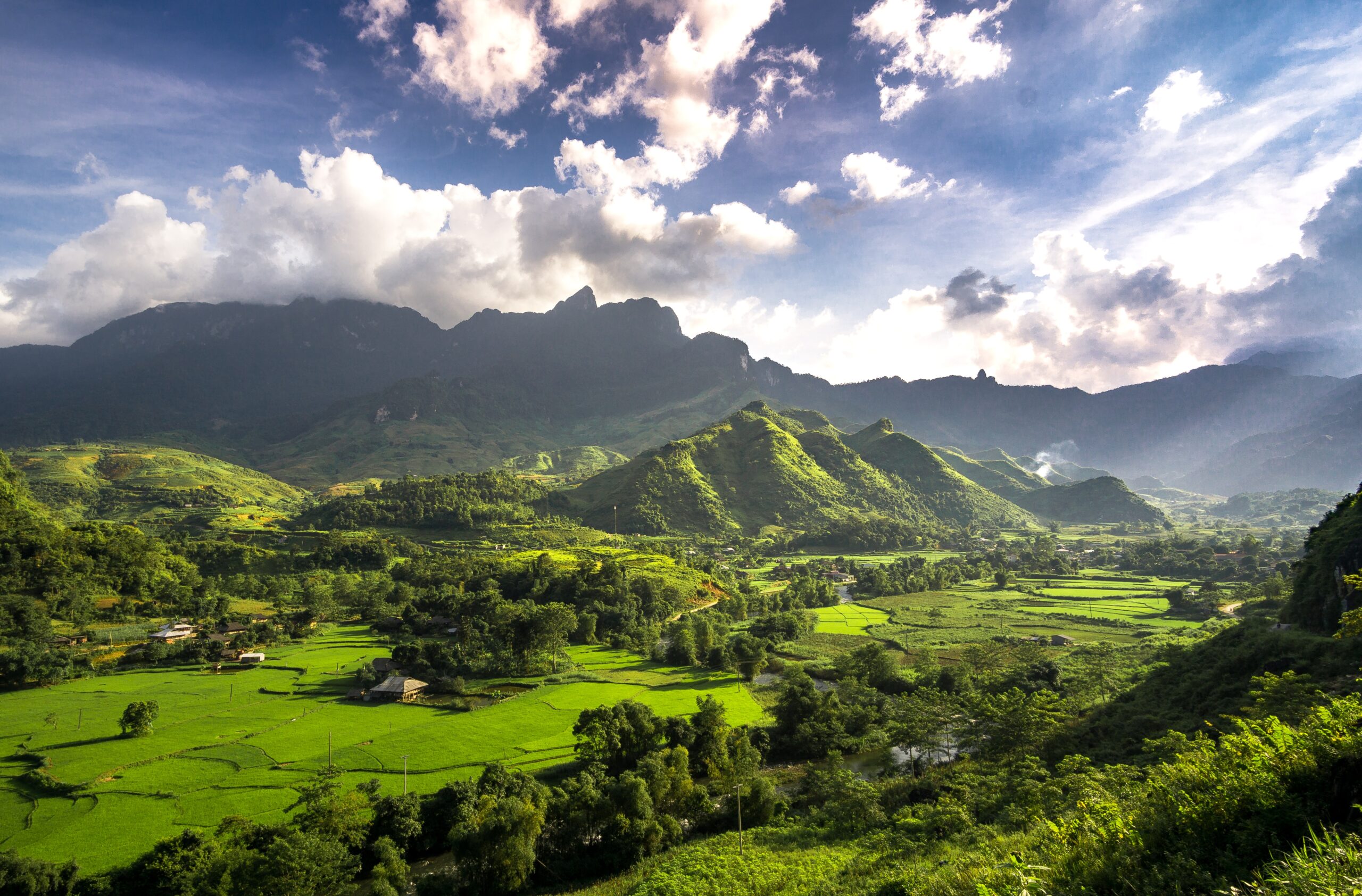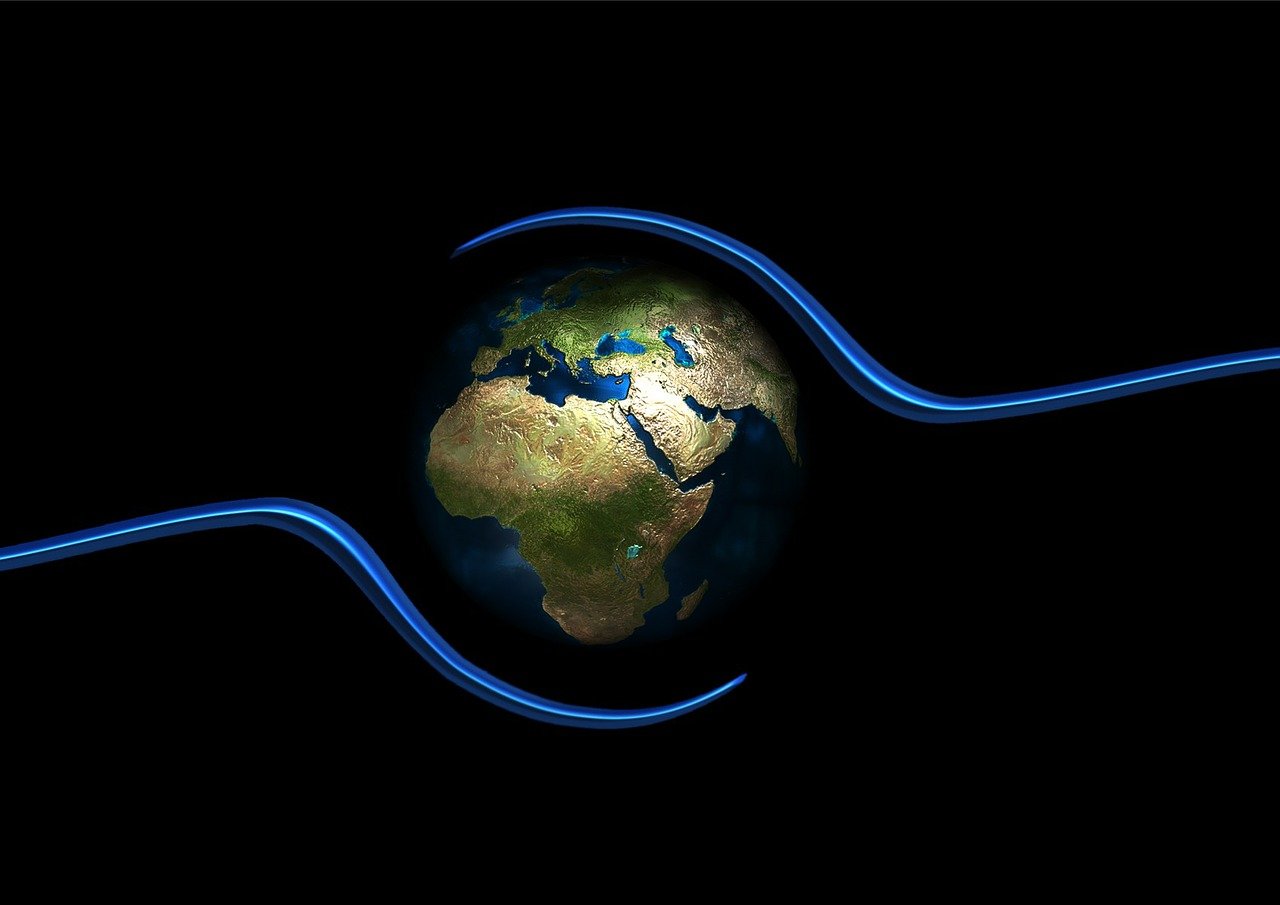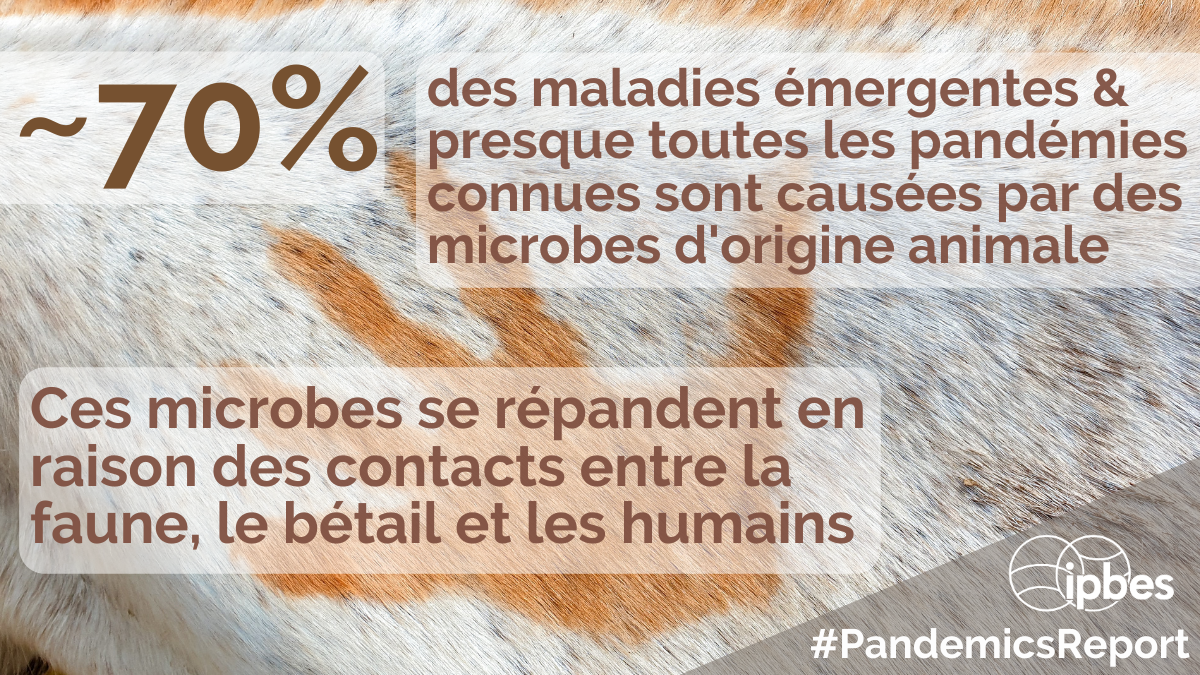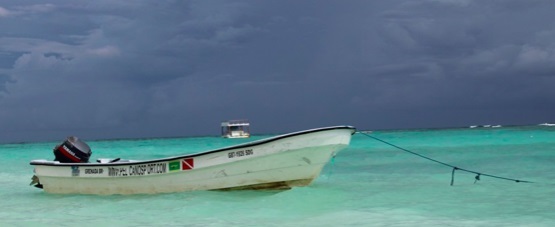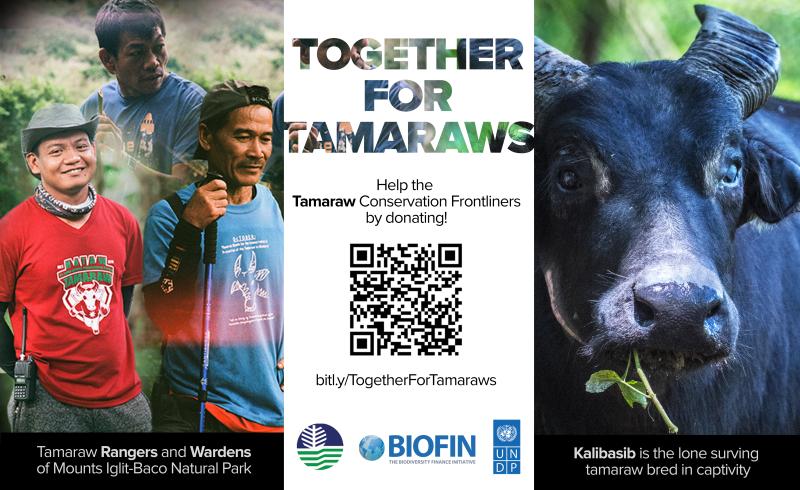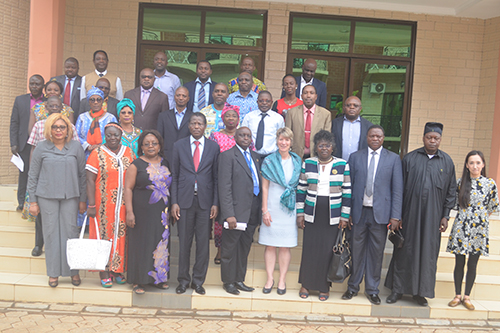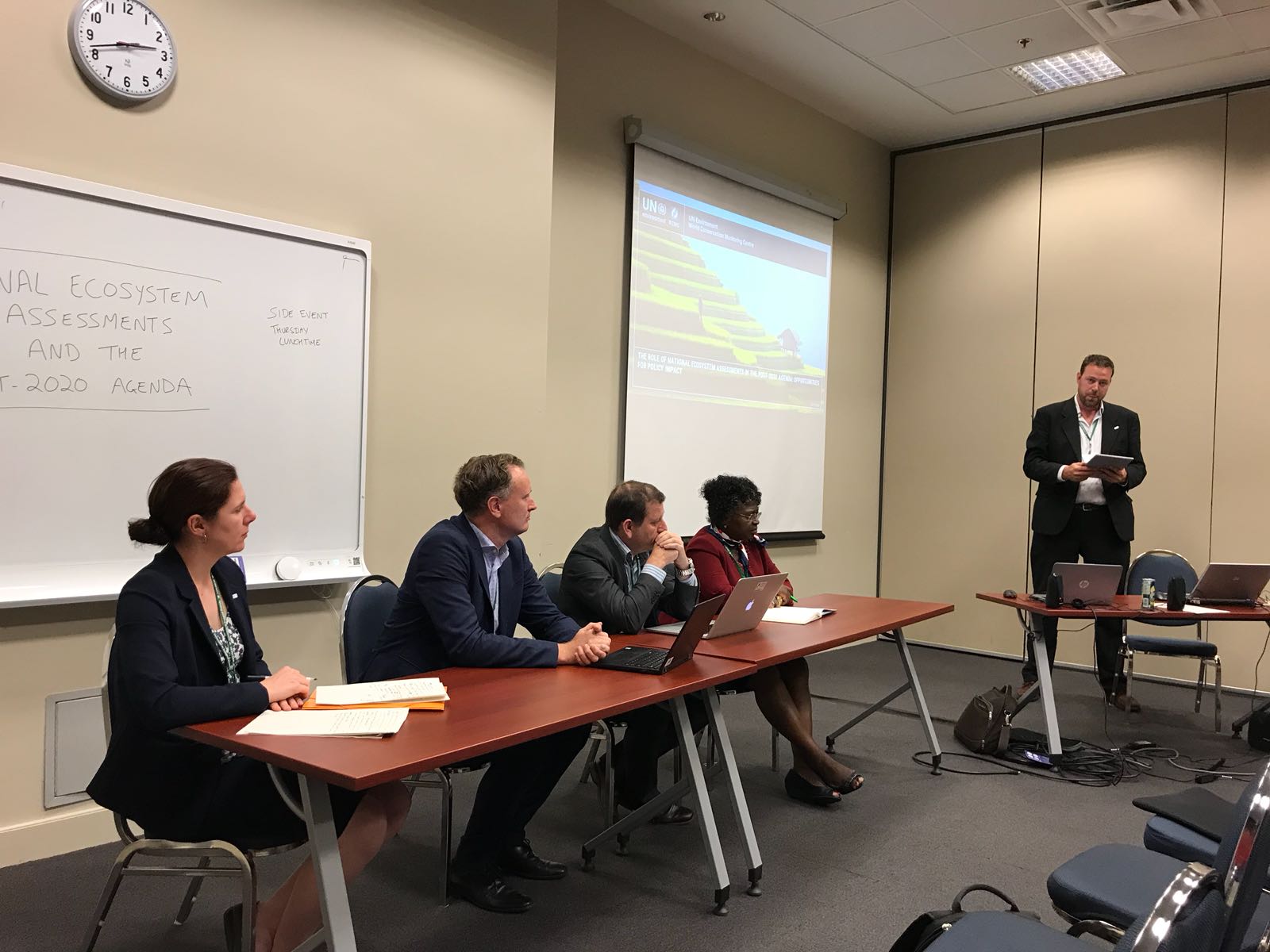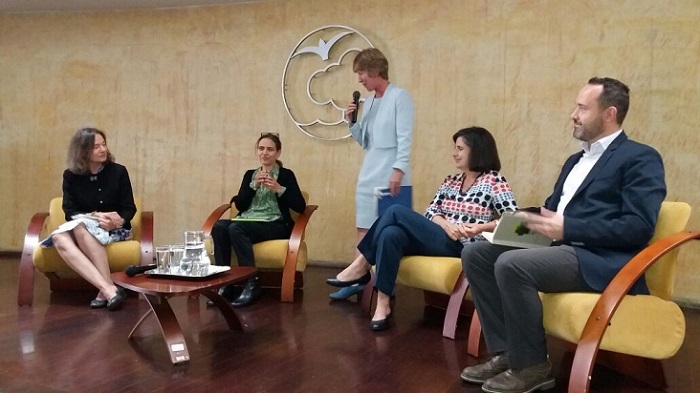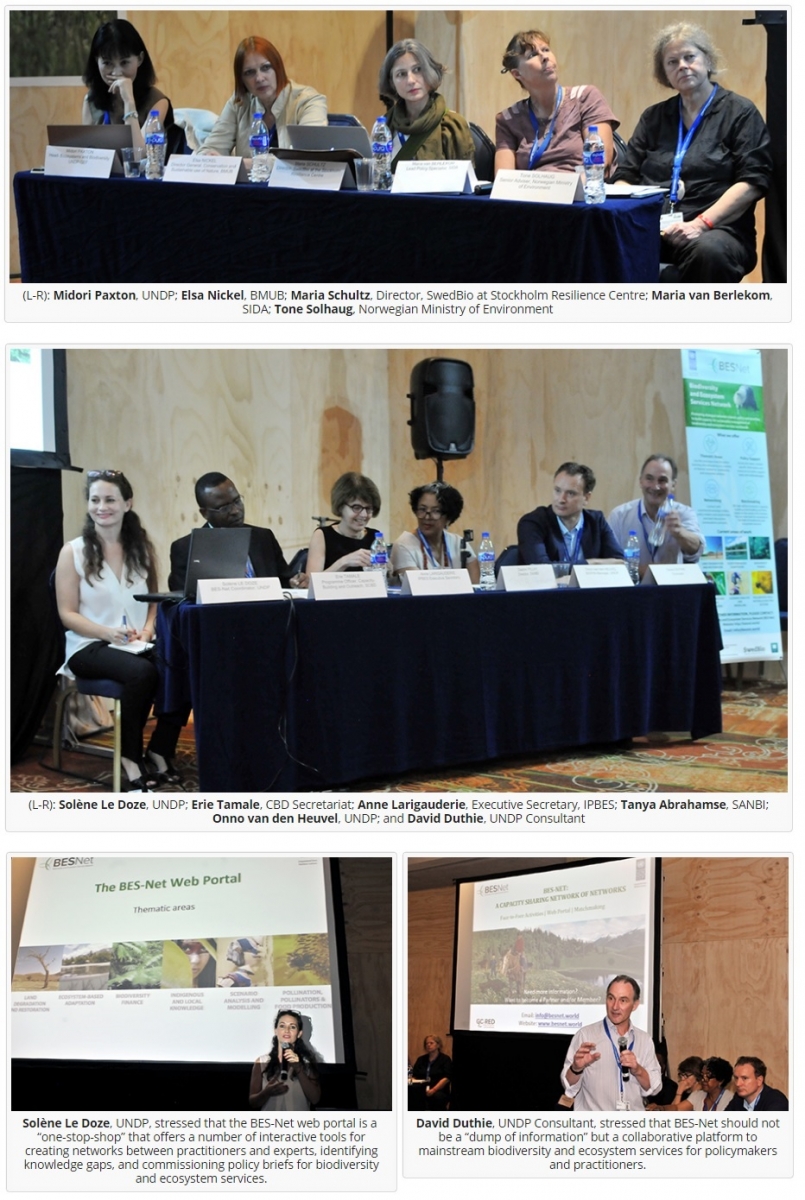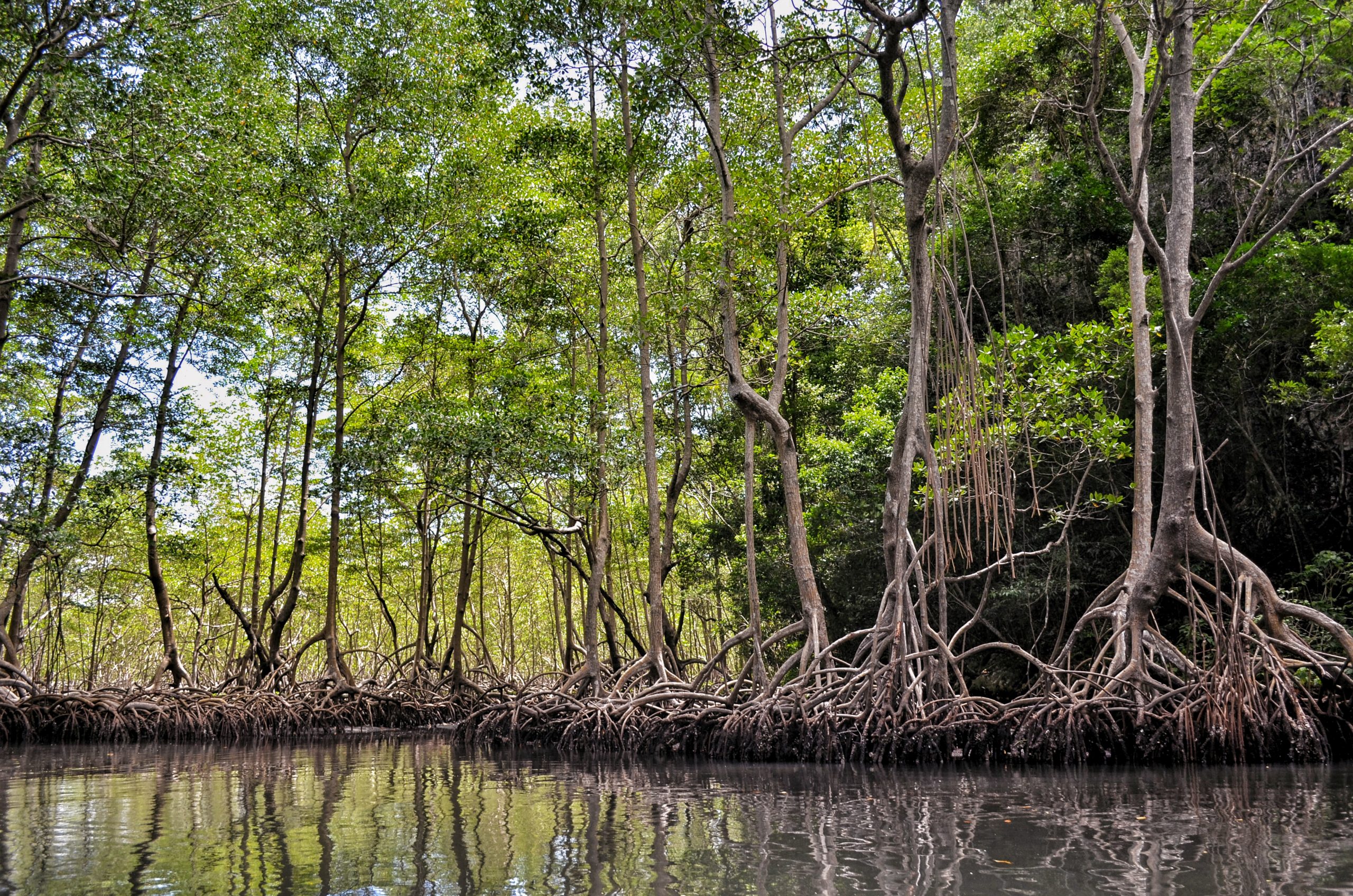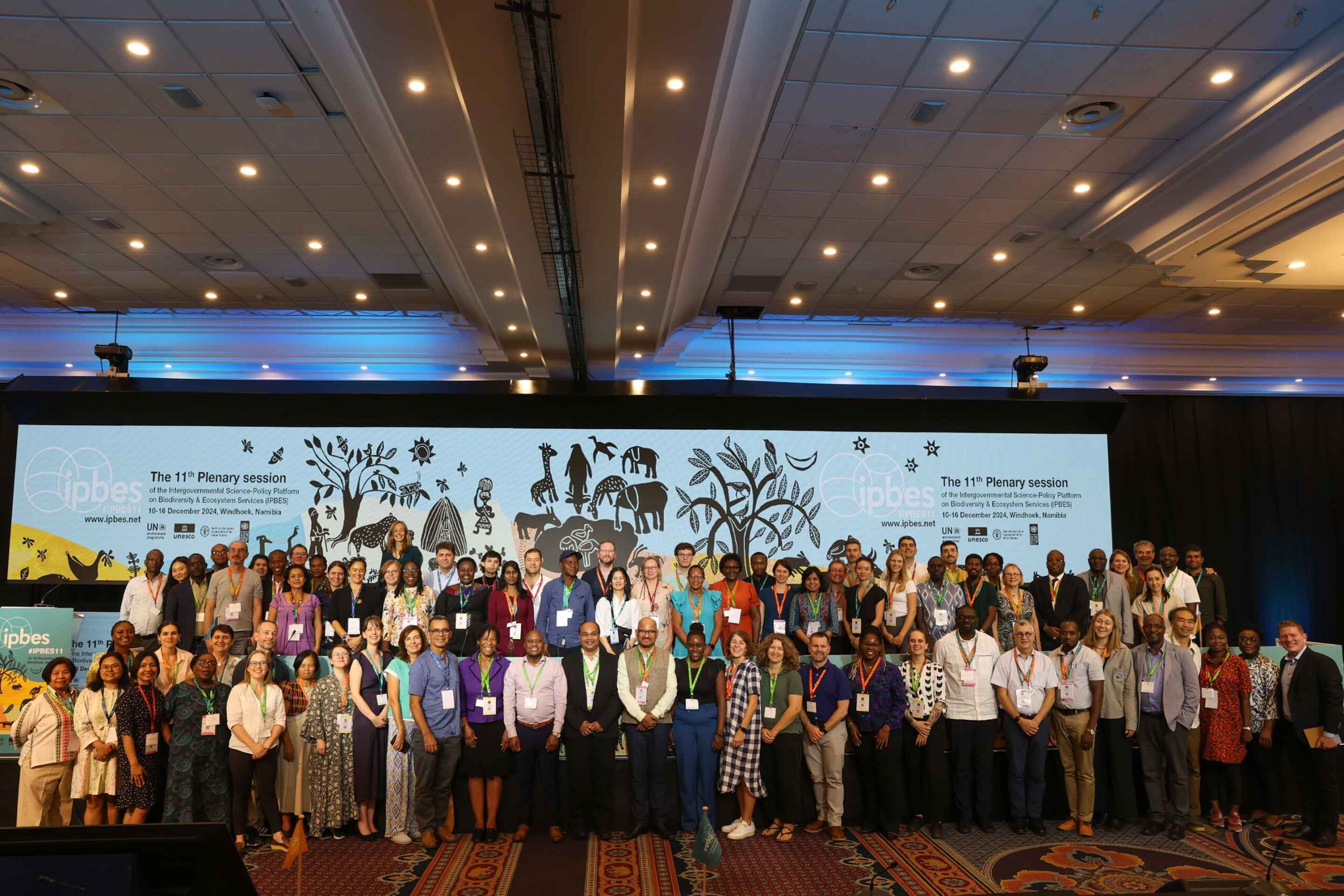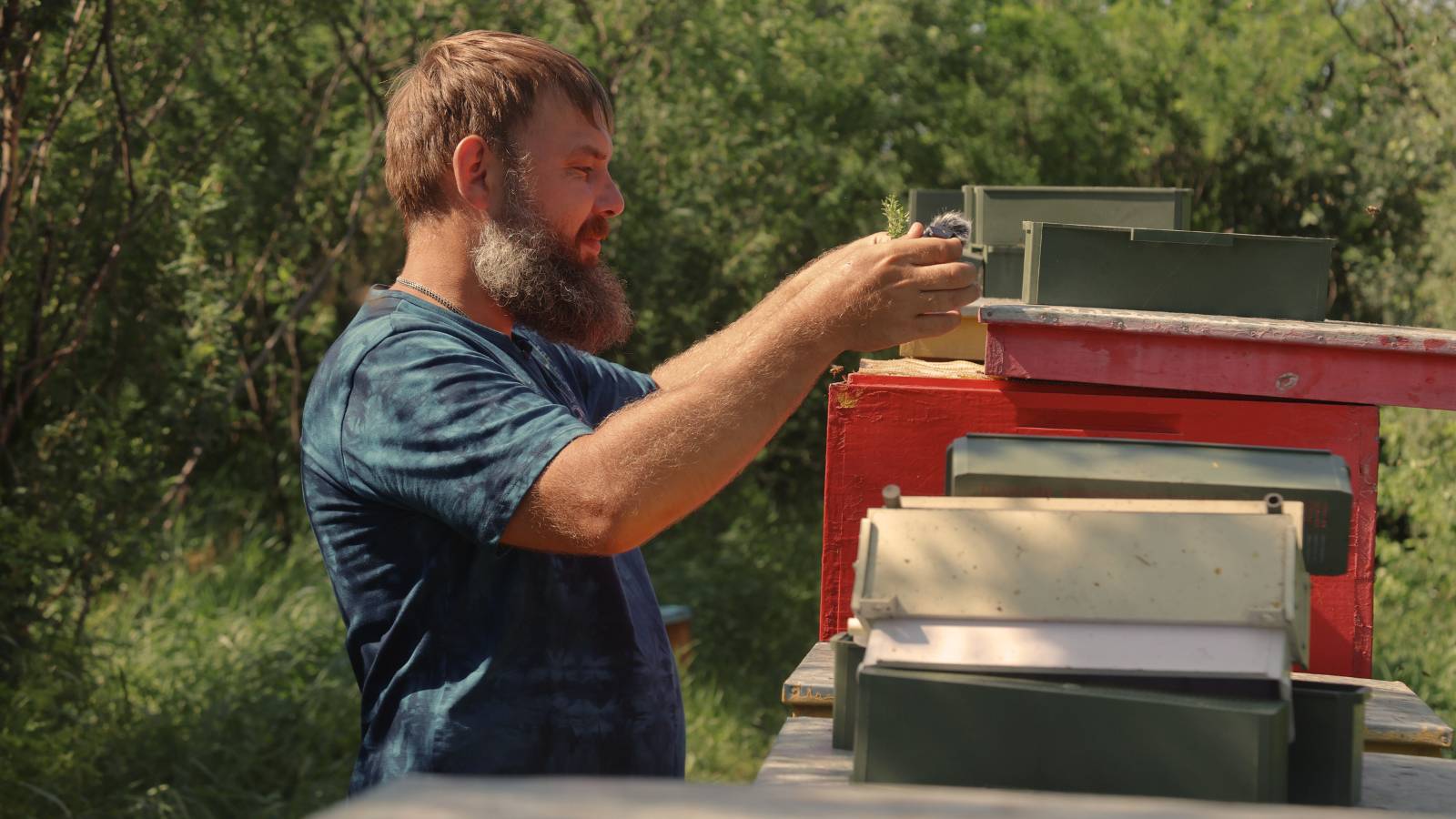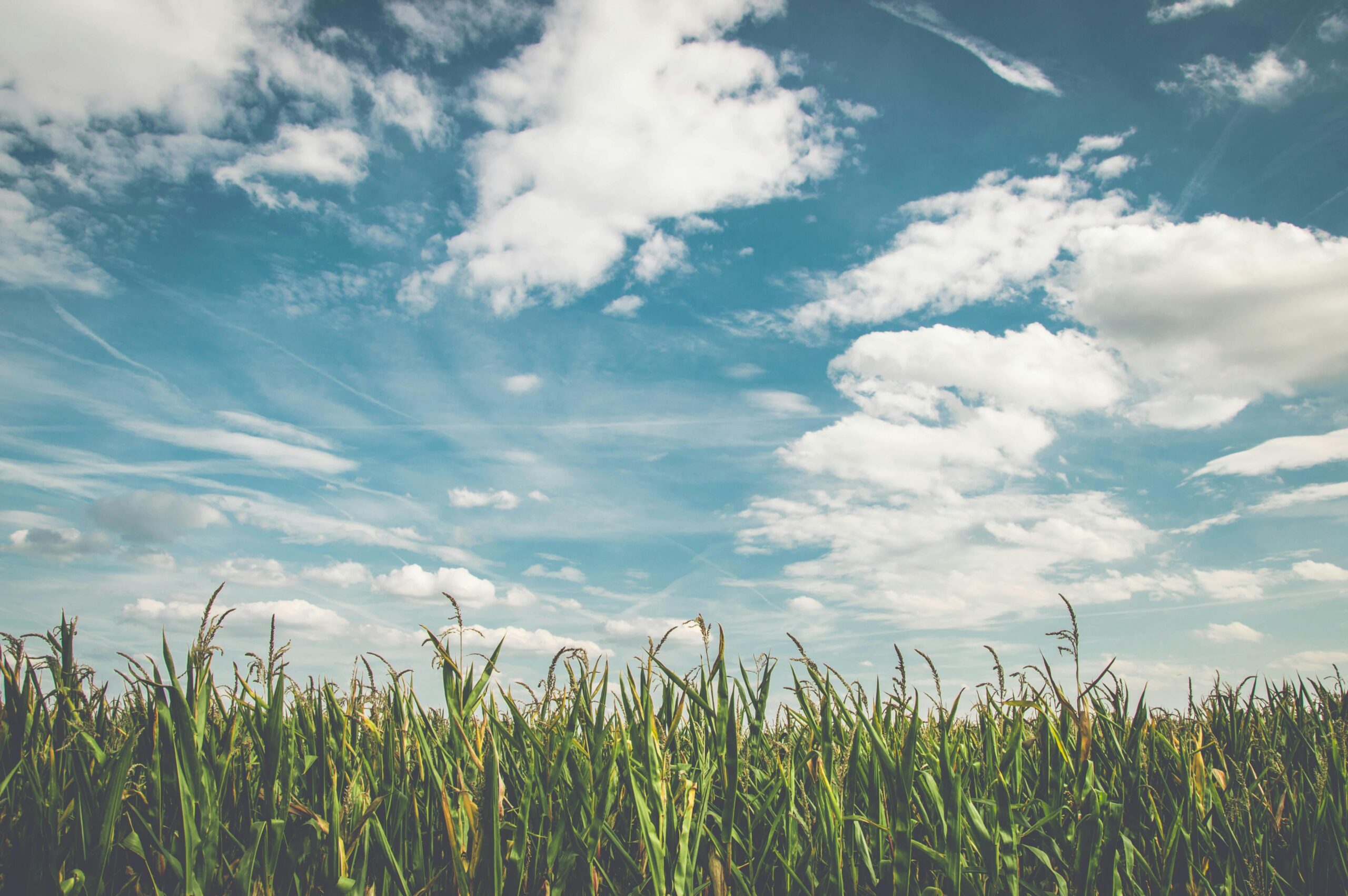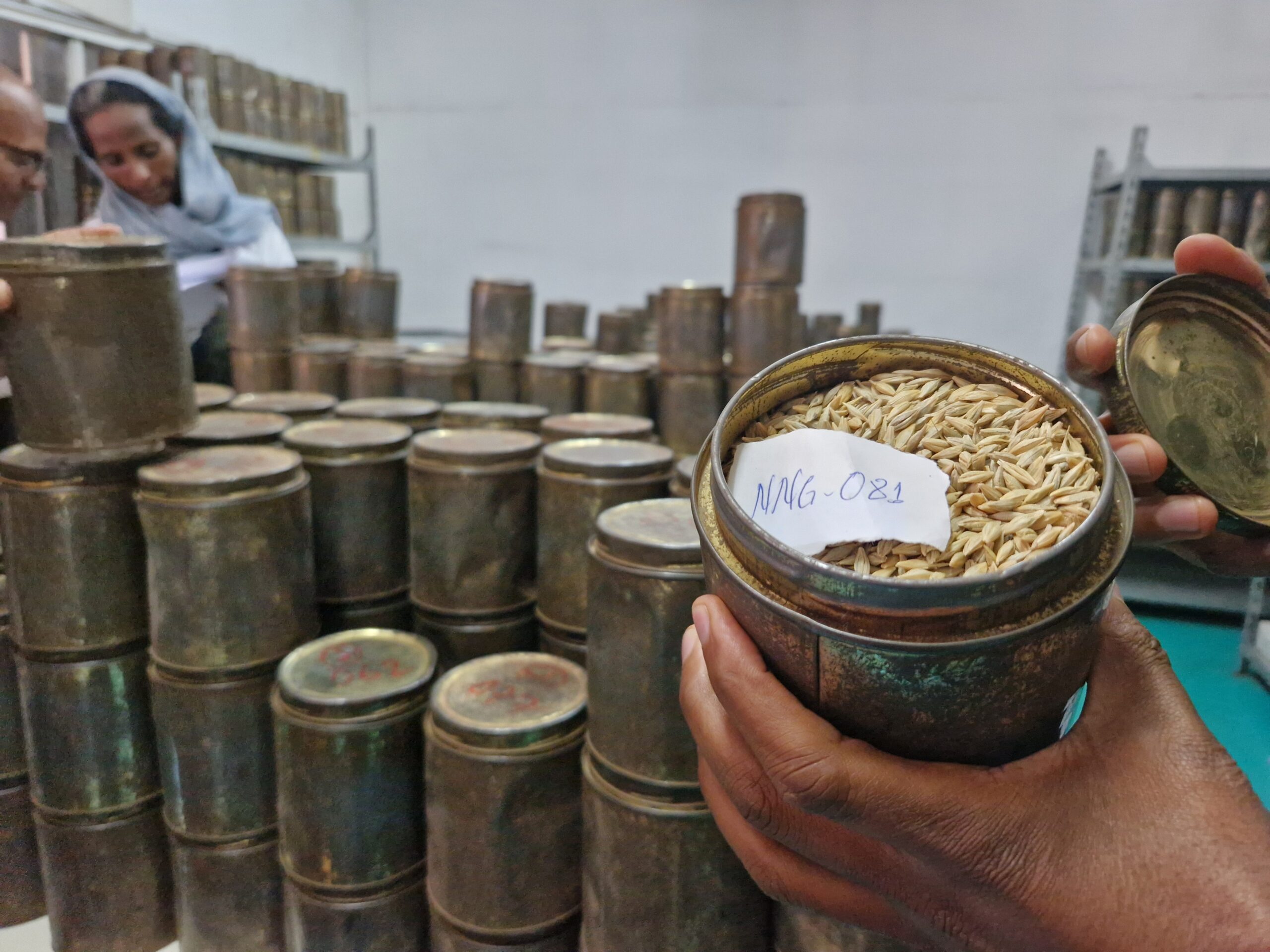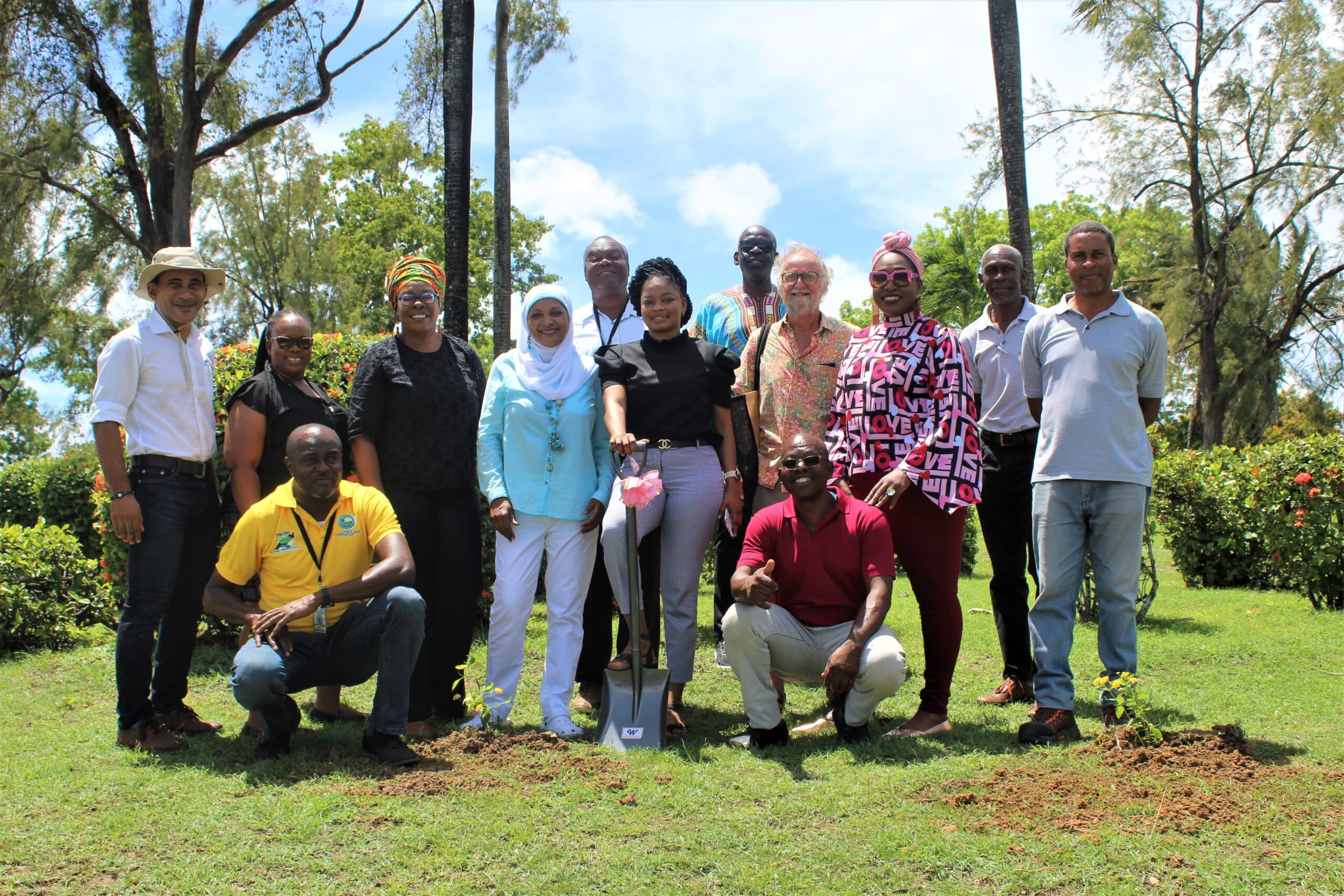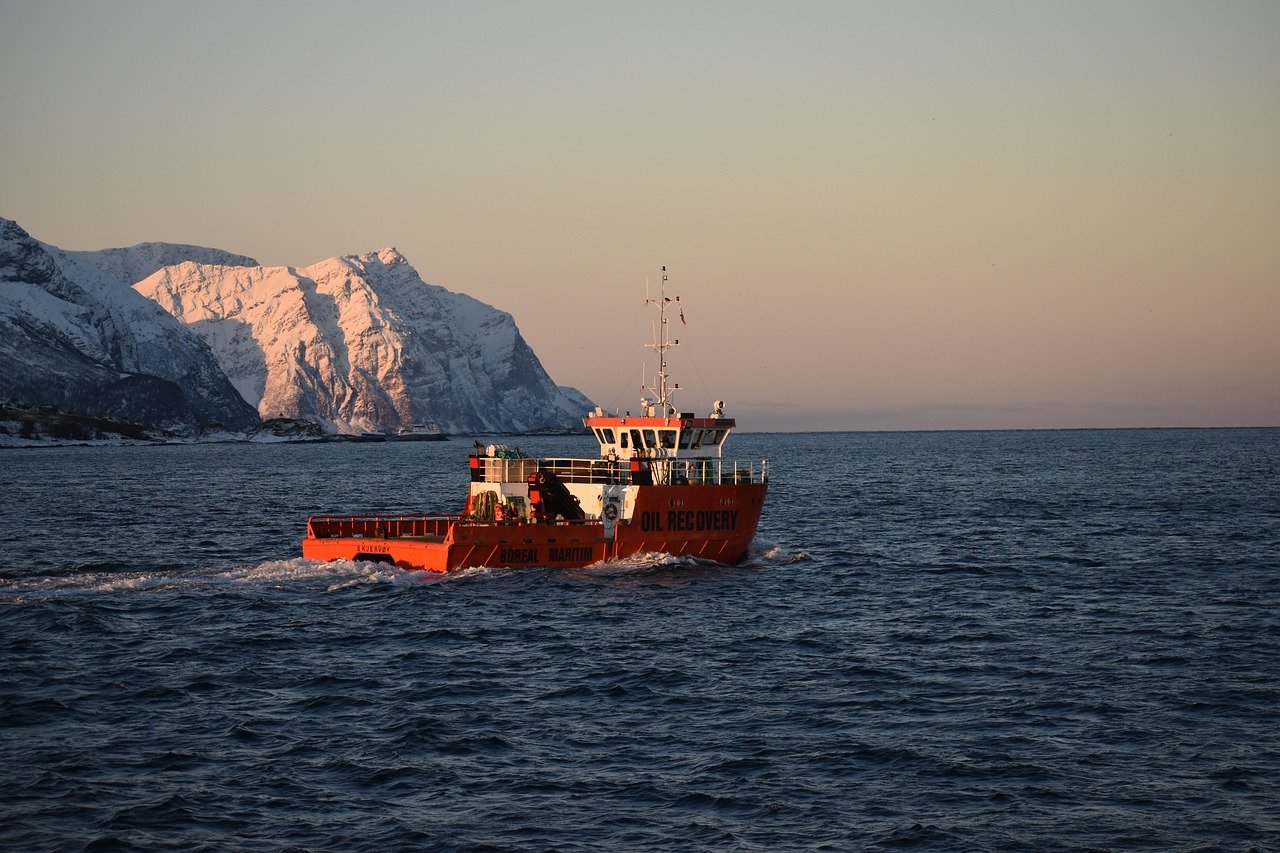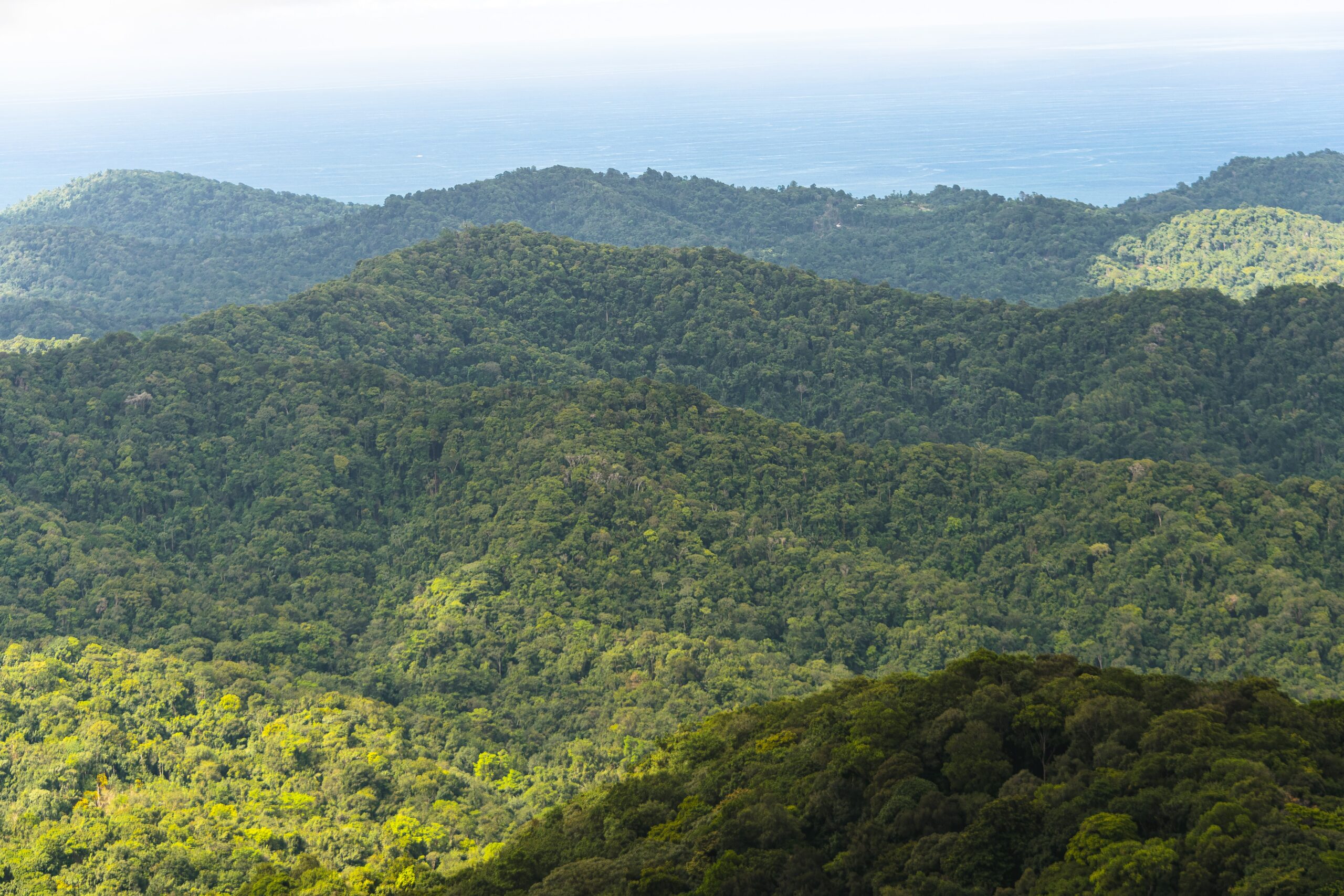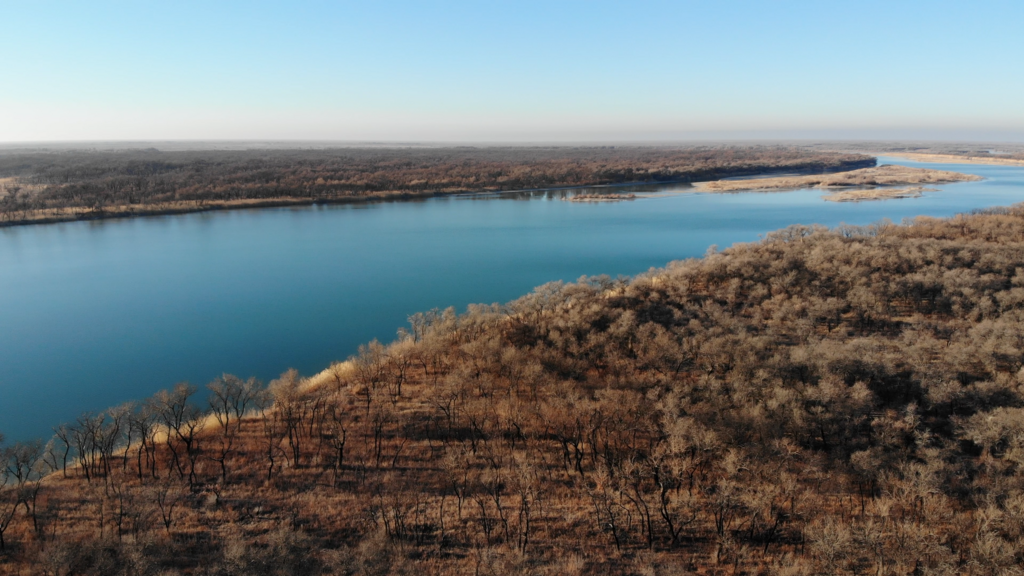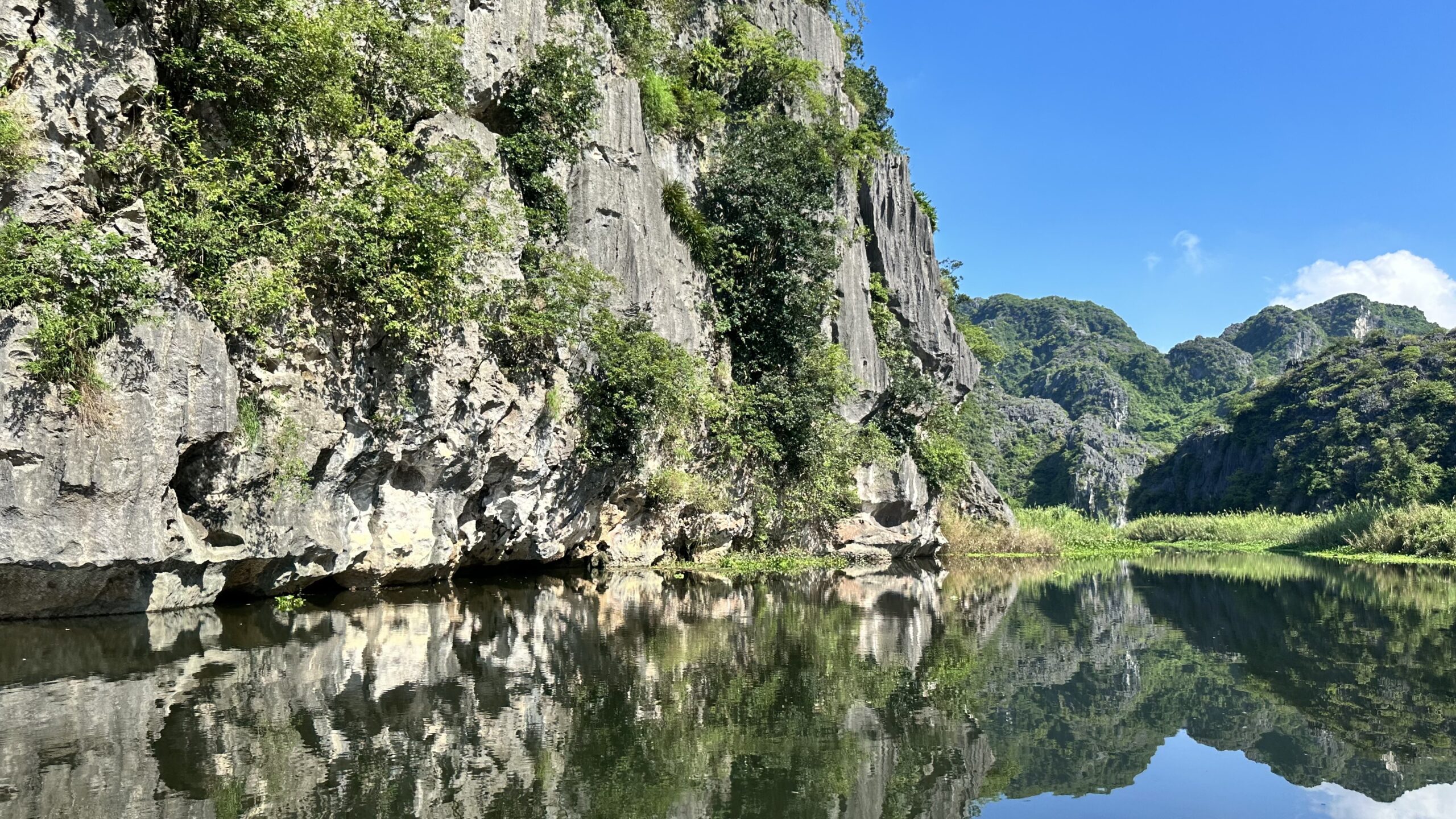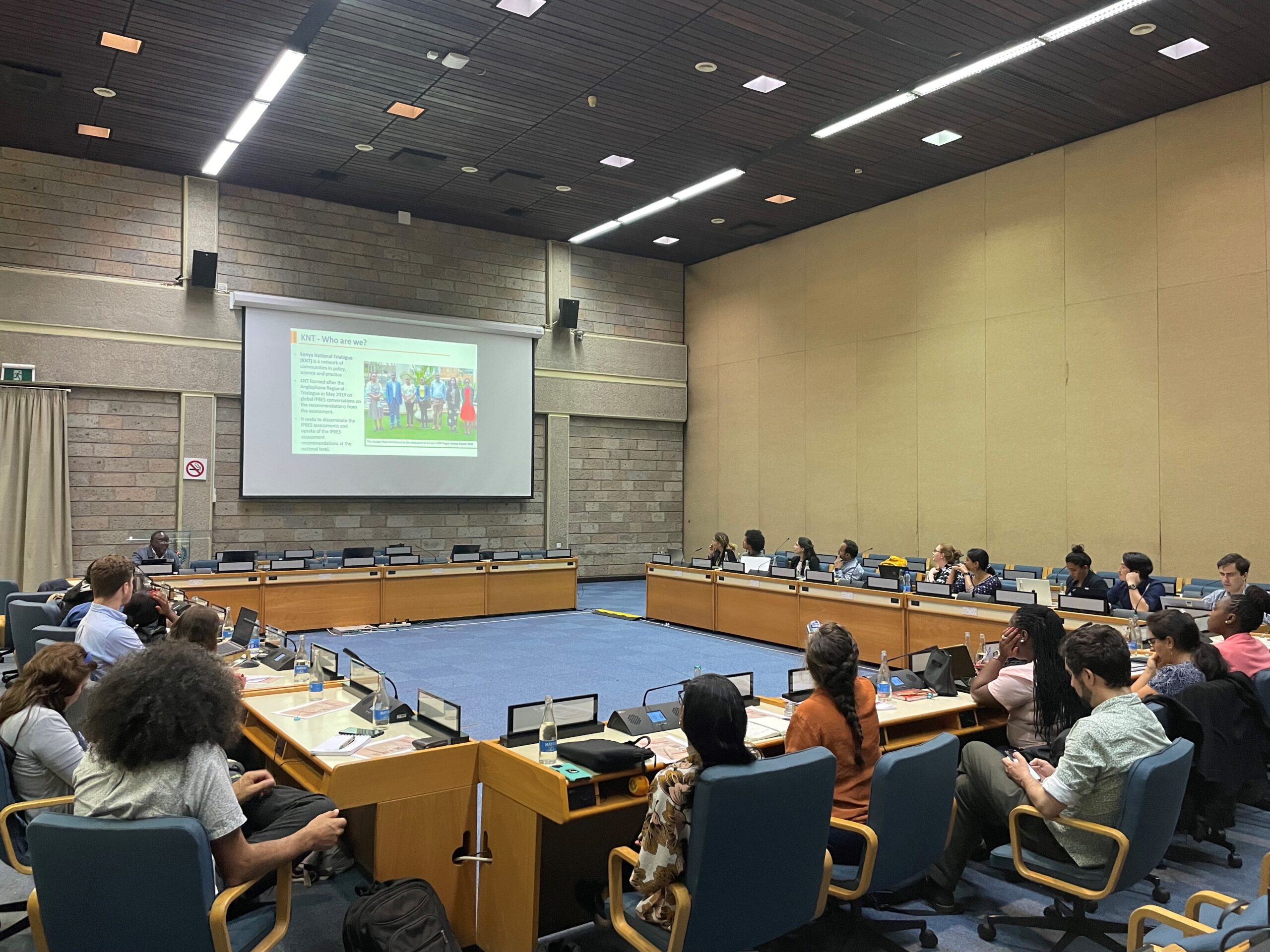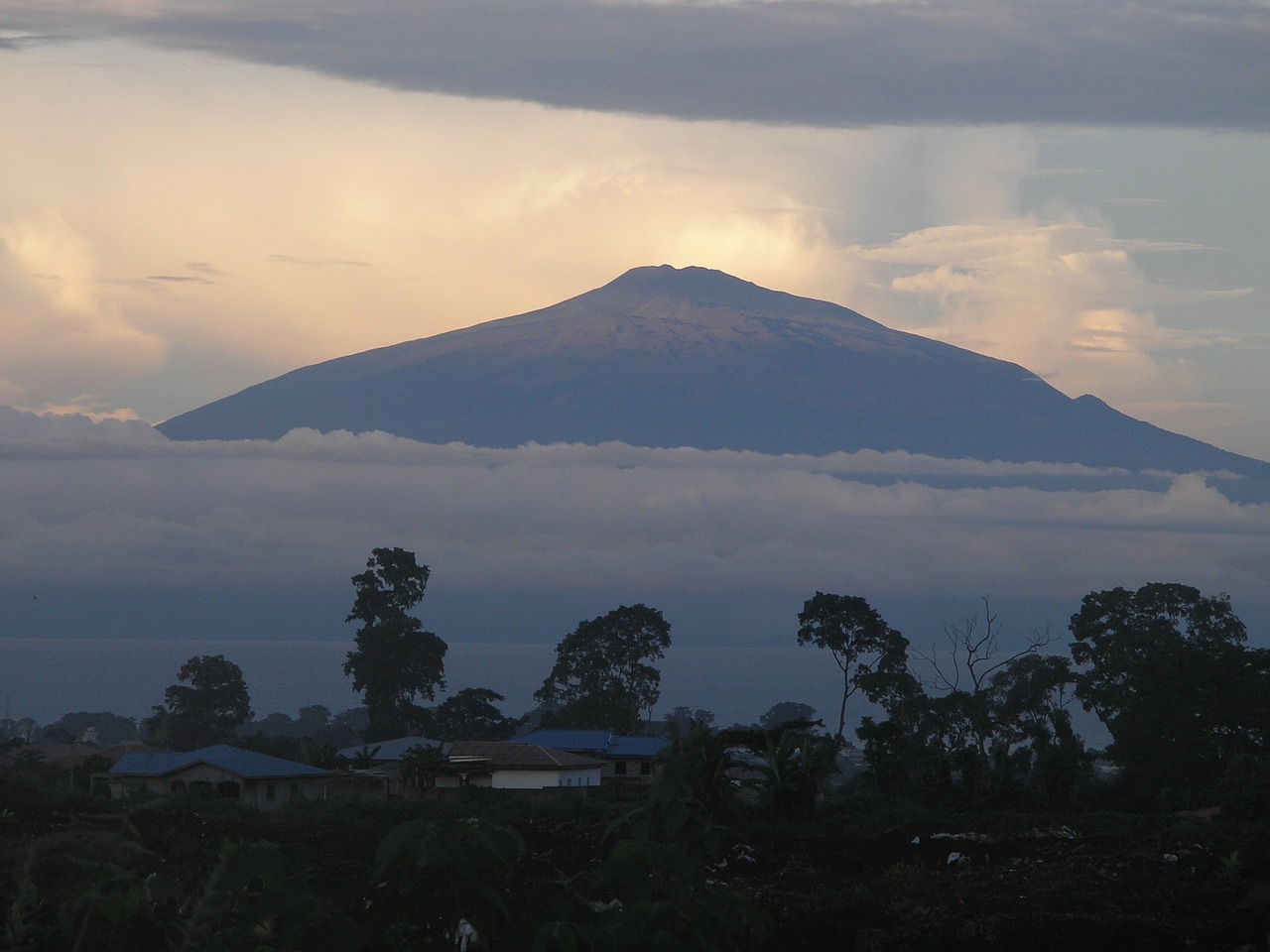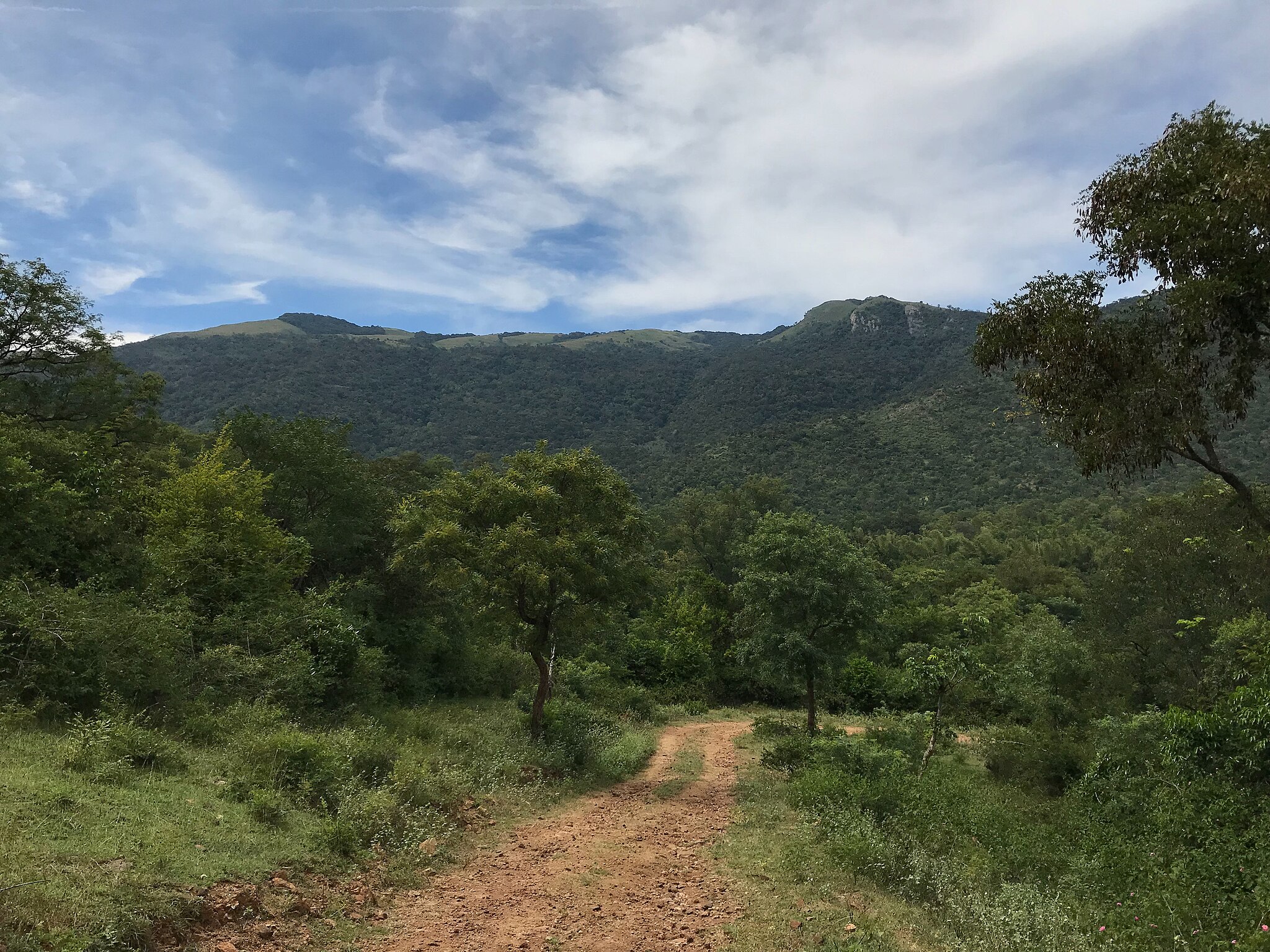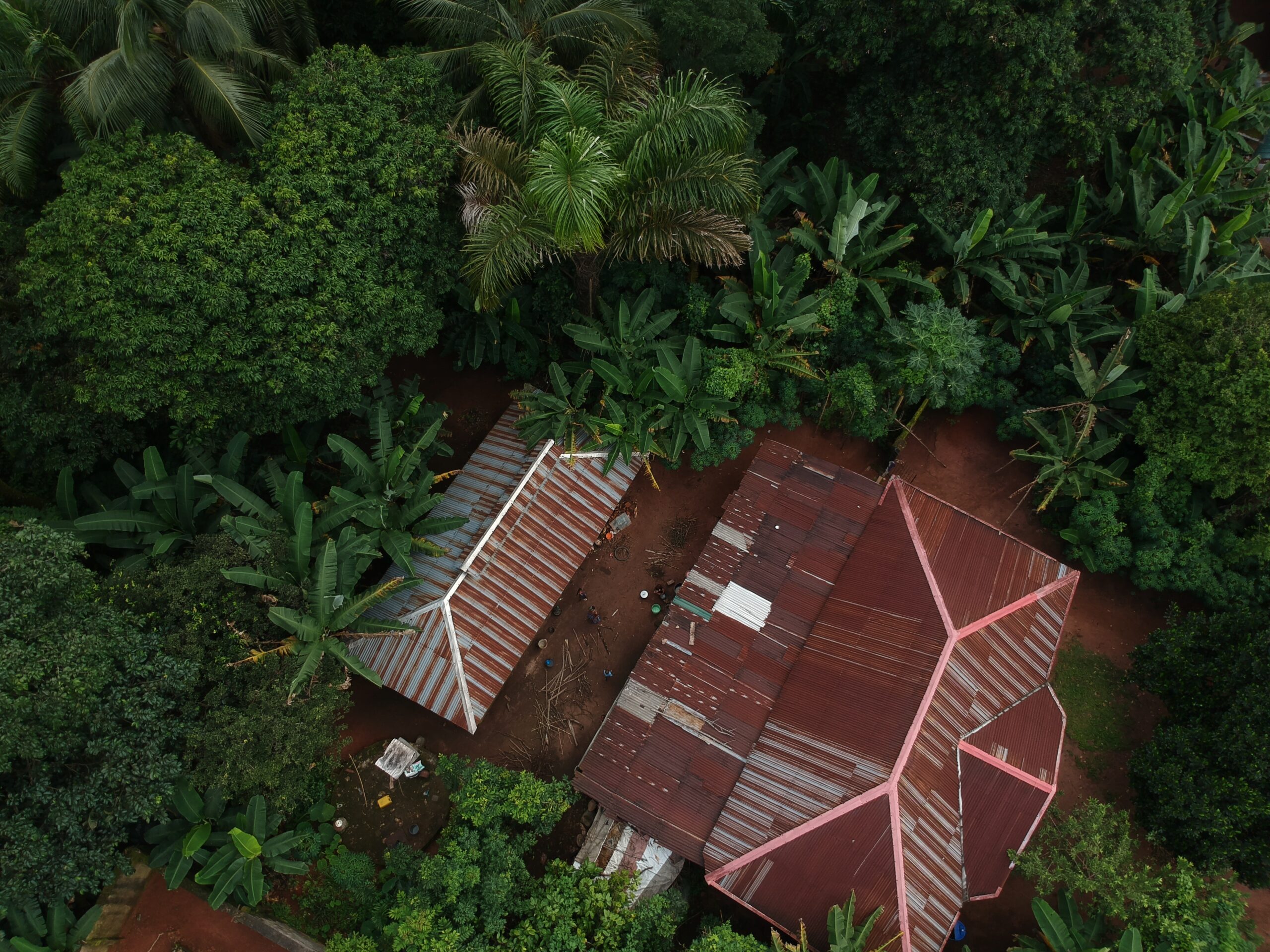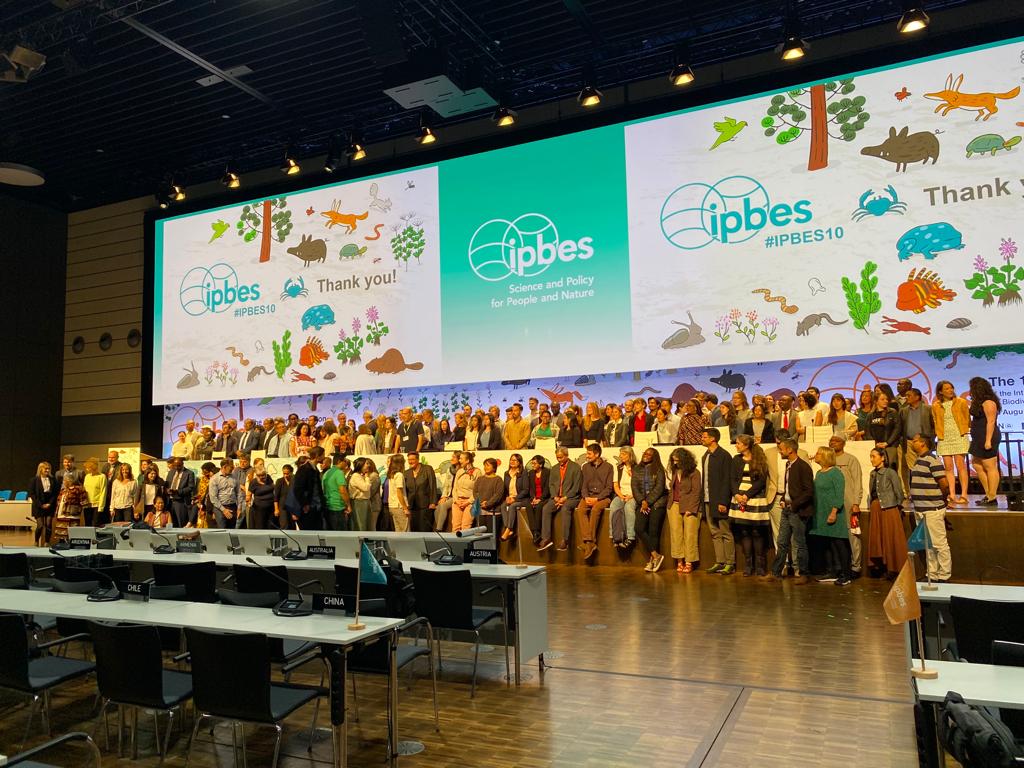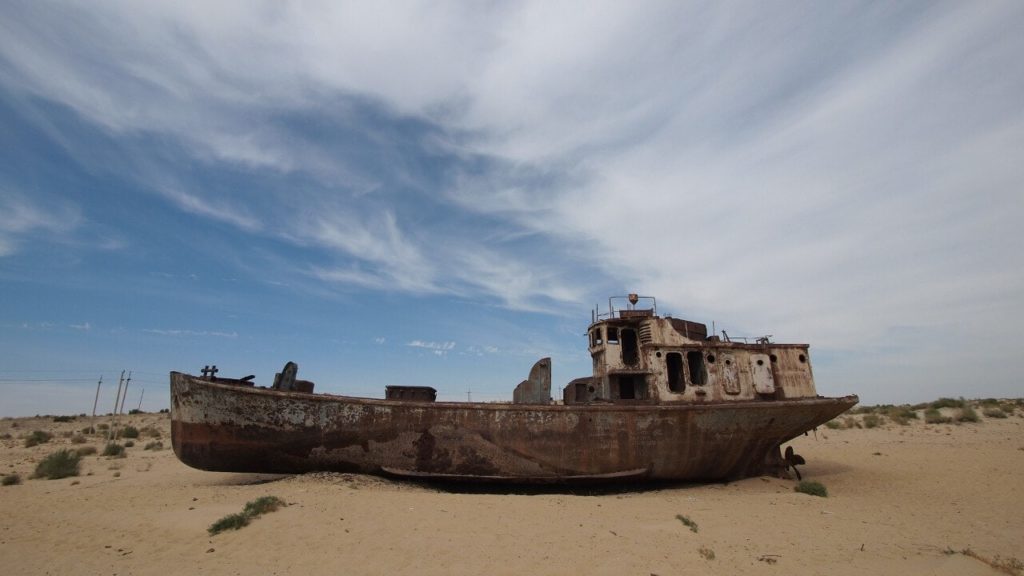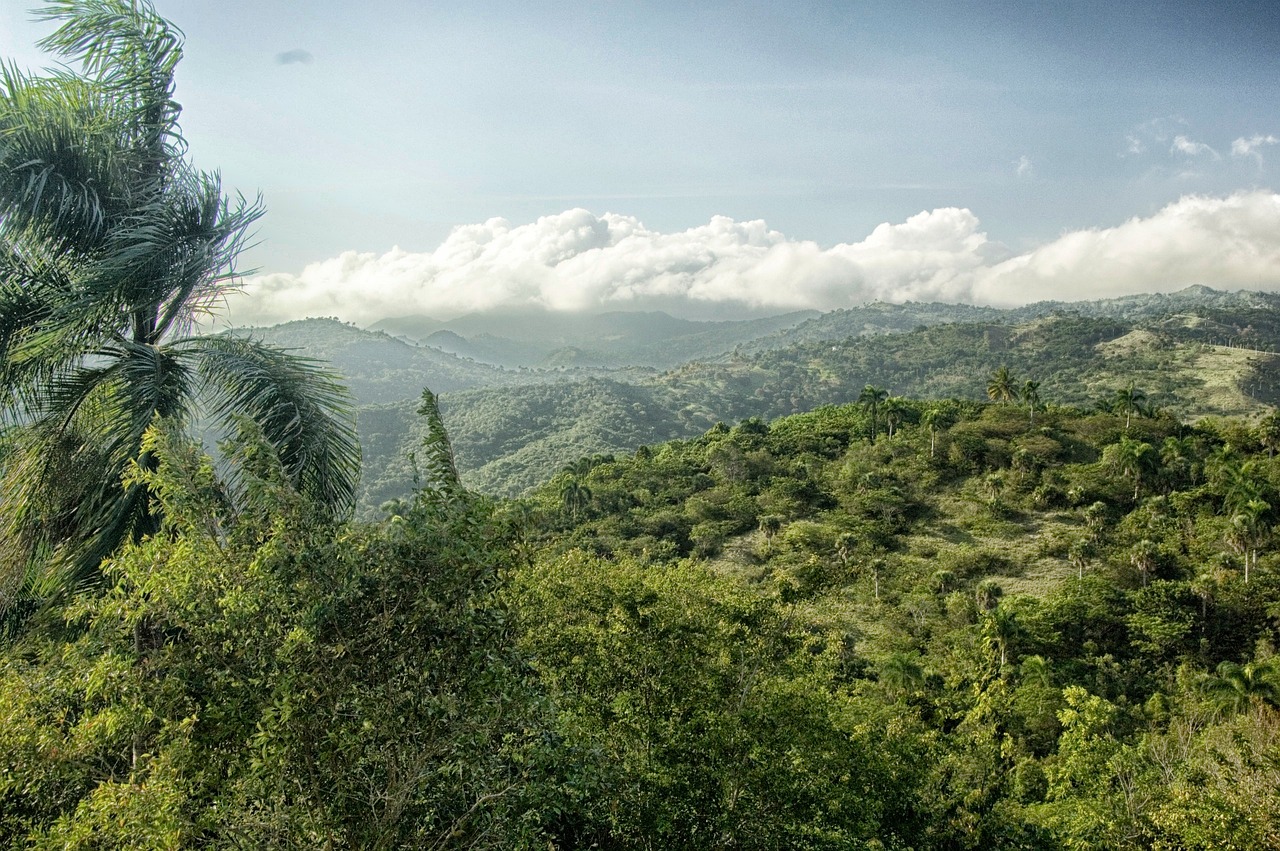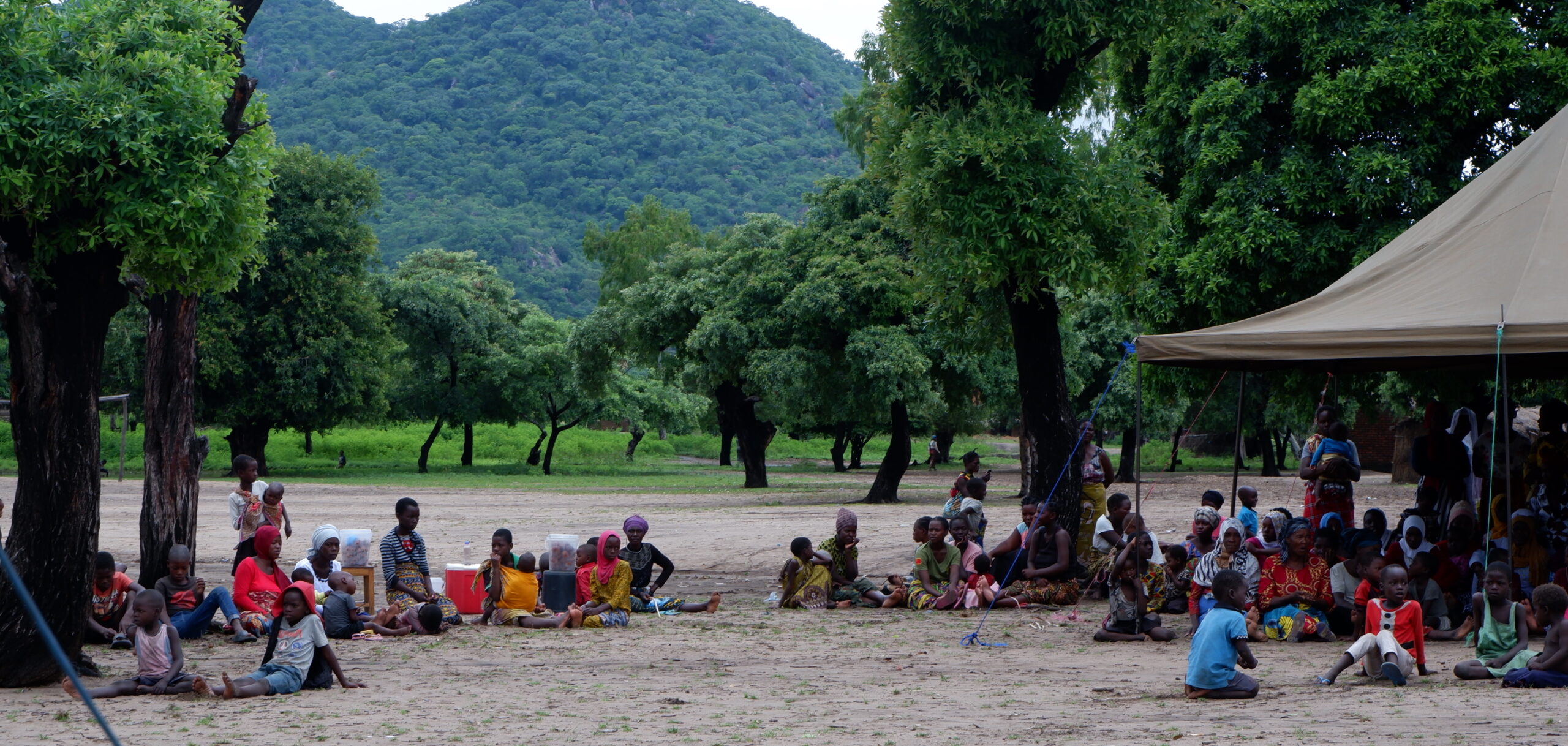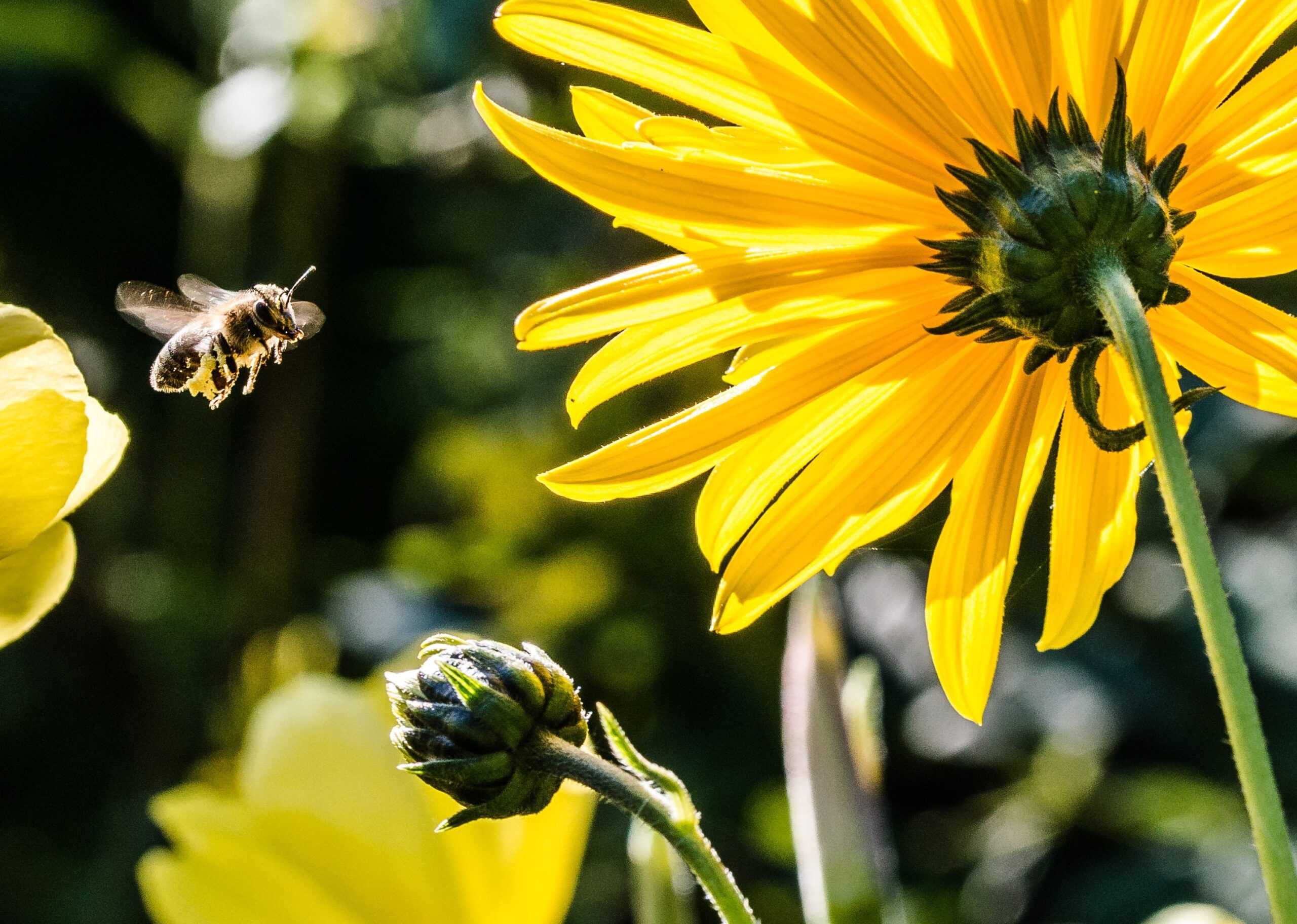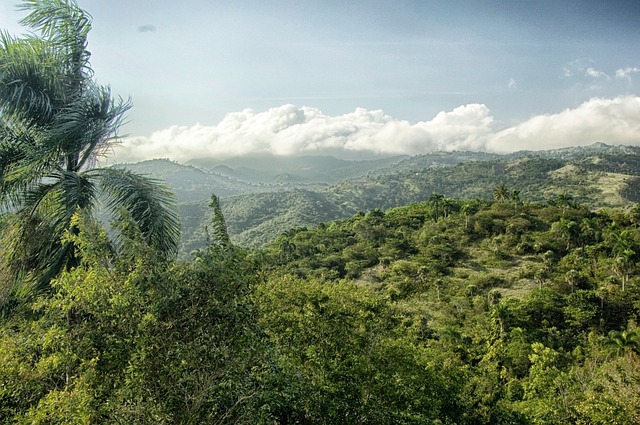An Eye on IPBES 9
Upcoming Assessments and the Importance of Indigenous and Local Knowledge
by David Duthie, BES-Net Senior Knowledge Management Consultant
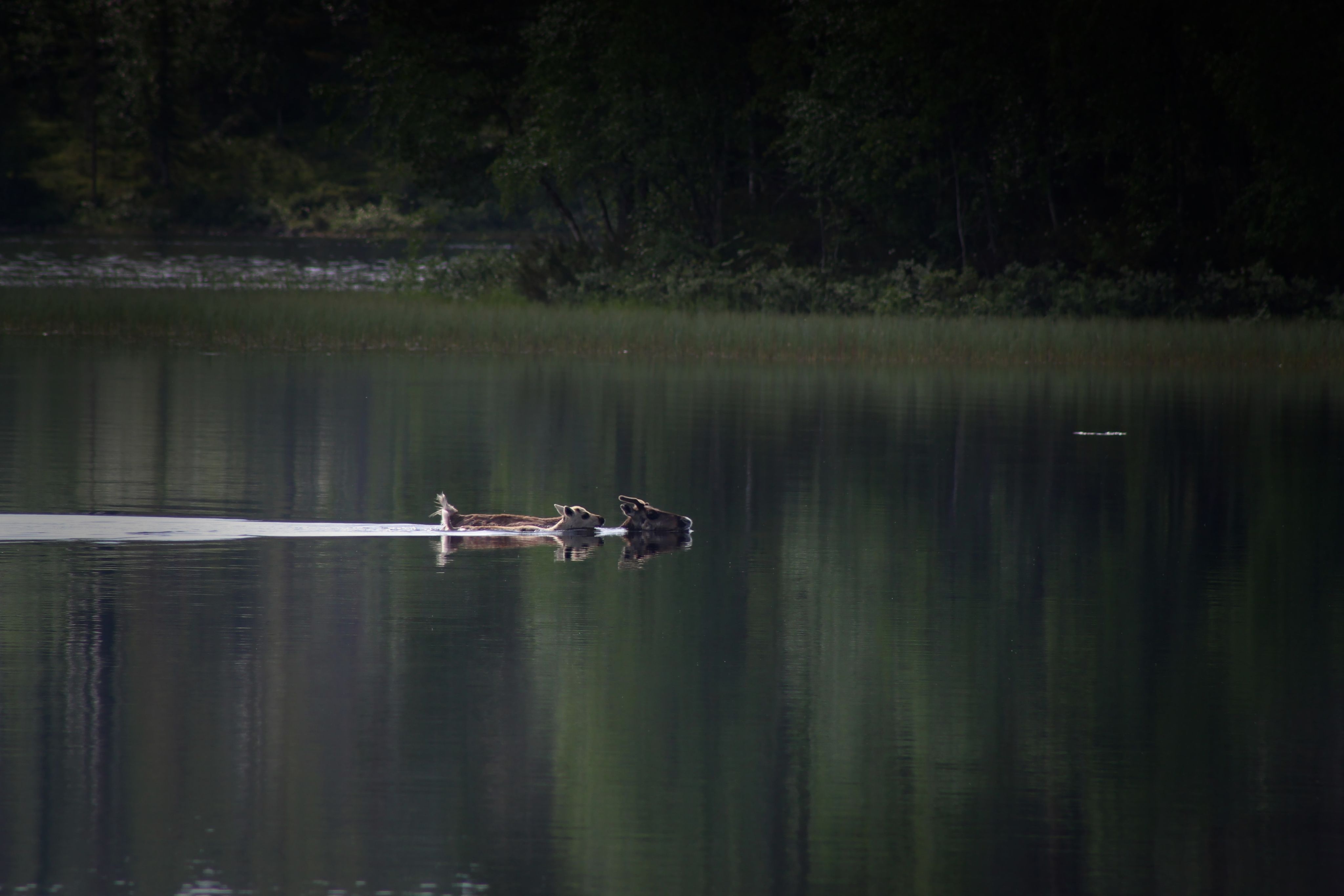
Photo by Anne Nygård on Unsplash
Photo by Anne Nygård on Unsplash
David Duthie is an environmental biologist with a doctorate in migration of insects. After a career as a tutor and environmental consultant, he joined UNEP in 2000 in the GEF Division and then the Secretariat of the Convention on Biological Diversity before retiring to Oxford, United Kingdom, in 2016.
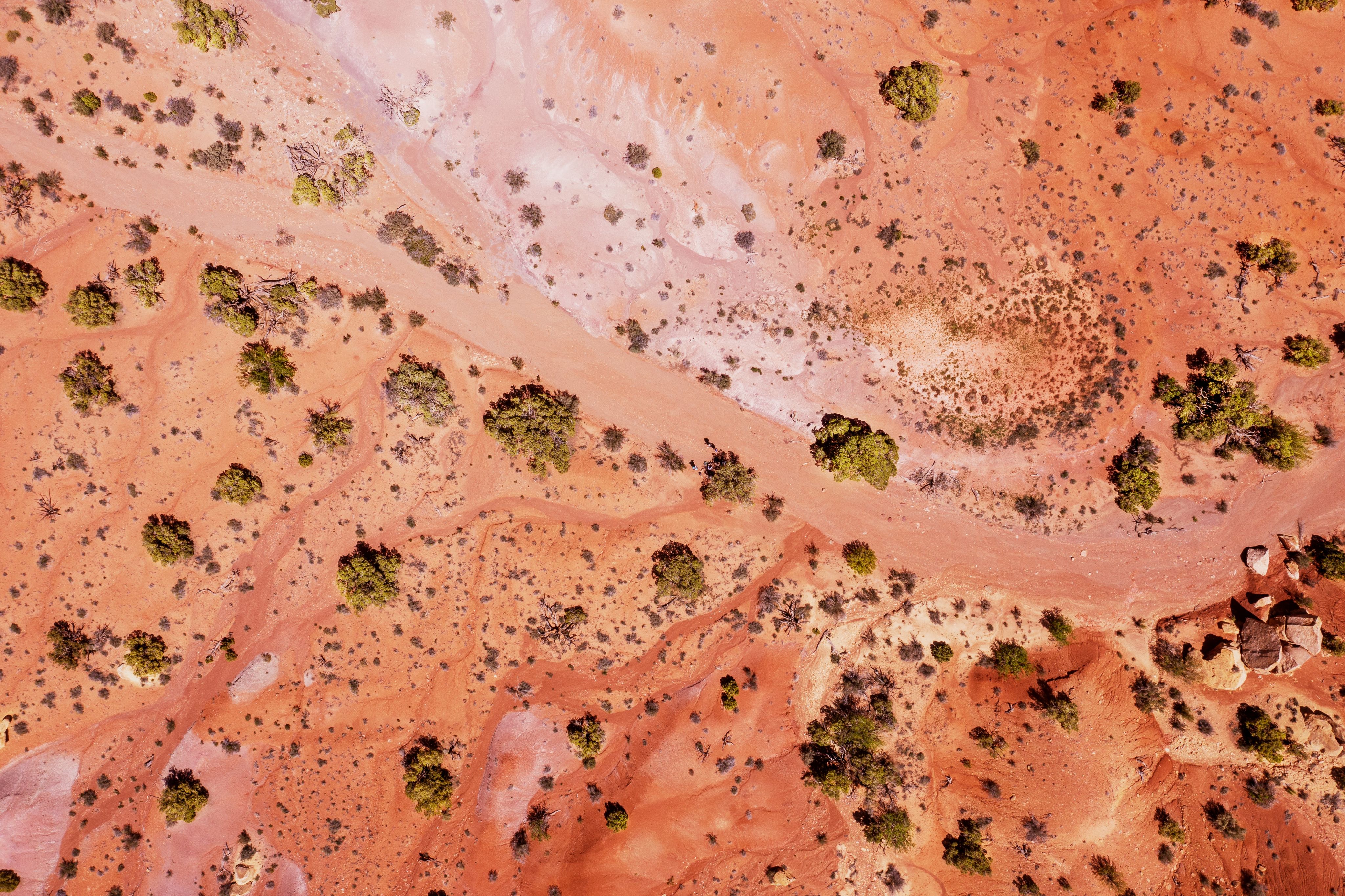
Photo by Michael Tuszynski on Unsplash
Photo by Michael Tuszynski on Unsplash
The ninth session of the Plenary of the Intergovernmental Science-Policy Platform on Biodiversity and Ecosystem Services (IPBES 9), to be held on 3–9 July 2022 in Bonn, Germany, will be considering for approval knowledge assessments on “diverse values of nature”[1] and “sustainable use of wild species”.[2]
In 1983, British environmentalist Norman Myers wrote the following in the preface to his book, A Wealth of Wild Species: Storehouse for Human Nature:
To the extent, then, that I can demonstrate that wildlife means something in terms of dollars and cents, and pounds and francs and yen, I believe there will be a better chance of wildlife plenty left at the end of the century.
Over the past 40 years, “monetization” and “commodification” of nature have been the driving trend, such that these processes have become a major threat to biodiversity. A failure to consider other values prompted noted economist, Peter Victor, to write in 2020, quoting Joni Mitchell:
And if nature as capital turns out to be worth less than the value derived from its destruction, what then will proponents of natural capital [monetary valuation] say? Paving paradise and putting up parking lots can be very profitable.
Image captions
 Image 2
Image 2Photo by Geran de Klerk on Unsplash


Photo by Geran de Klerk on Unsplash
Photo by Geran de Klerk on Unsplash
Both assessment reports under consideration at IPBES 9 can provide the evidence and tools necessary for a much-needed reorientation of the values placed upon biodiversity and how we use it.
A major strength of the IPBES assessment process is the size and diversity of stakeholder engagement. The values assessment was prepared by 82 international experts from 47 countries reviewing 13,000 references, and it included insights from not only biologists but also economists, social scientists and even philosophers, along with indigenous peoples.
Similarly, the sustainable use assessment was prepared by 85 leading experts from 33 countries, and it reviewed more than 6,000 references, allowing the reports to capture the full diversity of values and uses of the wild plant and animal species. The full upcoming assessment reports will provide road maps through enormously complex and pressing issues while creating an entry point to a wealth of detailed practical studies from around the world that policymakers can draw upon.
At the heart of both assessments lies the growing recognition of the importance of indigenous knowledge and worldviews for the long-term sustainability of biodiversity. Indigenous peoples’ lands account for 37 per cent of all remaining natural land on Earth, and the cultural and spiritual values they hold play an important part in biodiversity conservation, which faces pressure from more commercial values.
First, the values assessment can assist policymakers in better integrating multiple values into policies and decisions. And second, the sustainable use assessment will provide a “smorgasbord” of policy tools and methods, with evidence provided of their successful use, often by indigenous peoples and local communities, across a wide range of species, habitats and types of use.
These assessments come at a critical moment and are expected to feed into various global environmental agendas and processes, including the fifteenth meeting of the Conference of the Parties to the Convention on Biological Diversity (CBD COP15), the nineteenth meeting of the Conference of the Parties to the Convention on International Trade in Endangered Species of Wild Fauna and Flora (CITES COP19) and the 27th session of the Conference of the Parties to the United Nations Framework Convention on Climate Change (UNFCCC COP27).
They call for systemic transformative change in order to reverse the negative human impacts on biodiversity, paving the way for future IPBES thematic assessments on transformative change, due in 2024.
As David Cooper, Deputy Executive Secretary of CBD, highlighted in a recent IPBES podcast, appreciation and respect for a wide range of values of nature is important to achieve agreement in negotiations of the post-2020 Global Biodiversity Framework and its implementation. In a similar manner, the sustainable use assessment can identify cases of overexploitation of species which can then be proposed for inclusion on the CITES Appendices.
Following the important pledges made at UNFCCC COP26 in November last year, both assessment reports will provide valuable information to support efforts towards reversing current rates of deforestation and ensuring that nature-based solutions to mitigate and adapt to climate change are implemented in ways that are sustainable and respect and involve indigenous peoples and local communities.
Image captions
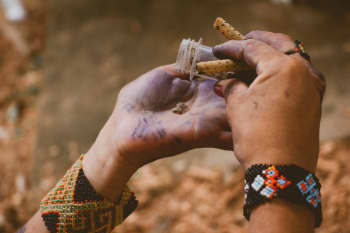 Image 1
Image 1Photo by subvertivo _lab on Unsplash
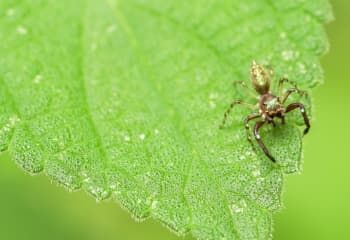 Image 2
Image 2Photo by Jeremy Bezanger on Unsplash
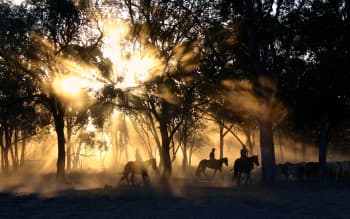 Image 3
Image 3Photo by Tobias Keller on Unsplash

Photo by subvertivo _lab on Unsplash
Photo by subvertivo _lab on Unsplash

Photo by Jeremy Bezanger on Unsplash
Photo by Jeremy Bezanger on Unsplash
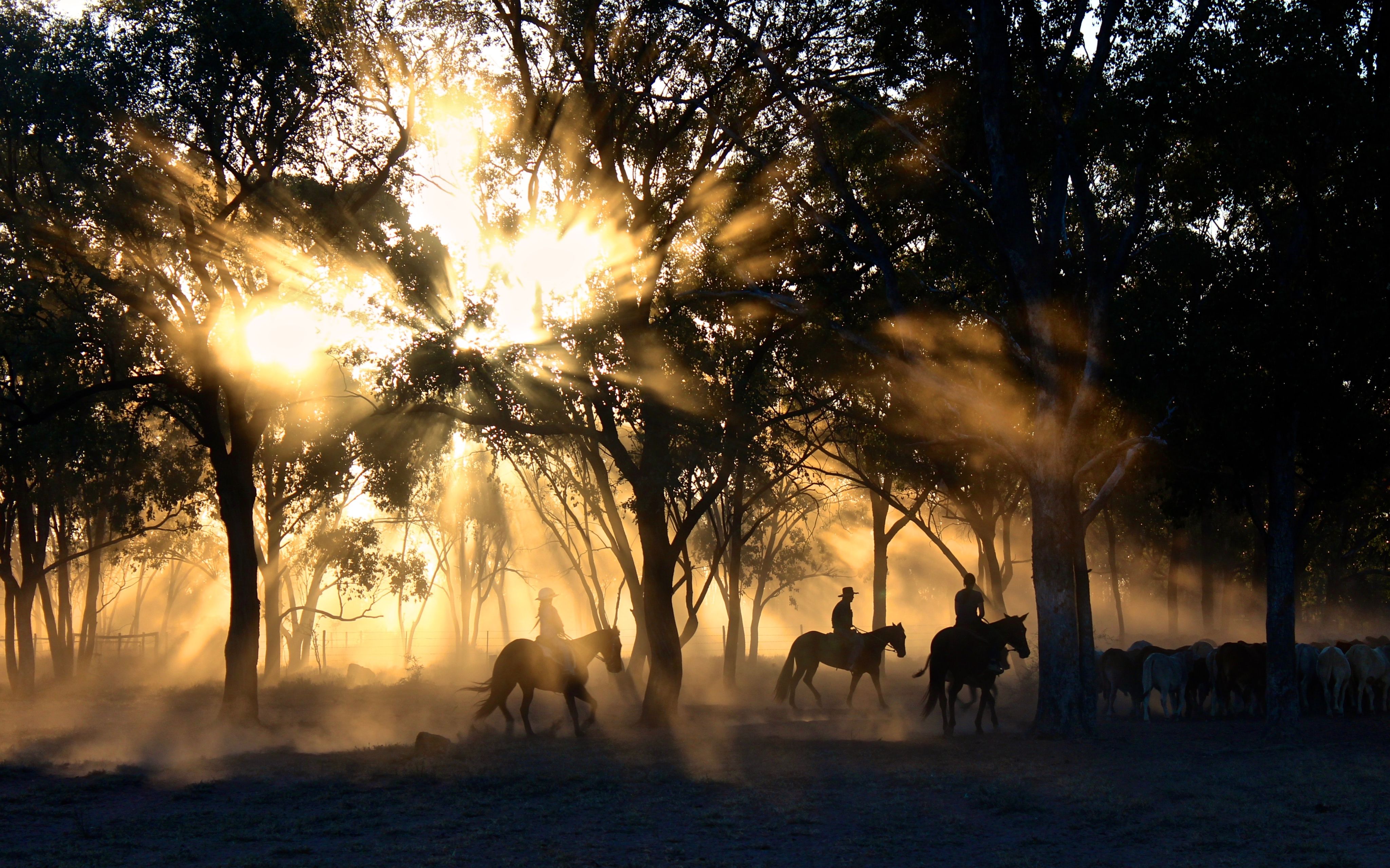
Photo by Tobias Keller on Unsplash
Photo by Tobias Keller on Unsplash
A major strength of the IPBES assessment process is the size and diversity of stakeholder engagement. The values assessment was prepared by 82 international experts from 47 countries reviewing 13,000 references, and it included insights from not only biologists but also economists, social scientists and even philosophers, along with indigenous peoples.
Similarly, the sustainable use assessment was prepared by 85 leading experts from 33 countries, and it reviewed more than 6,000 references, allowing the reports to capture the full diversity of values and uses of the wild plant and animal species. The full upcoming assessment reports will provide road maps through enormously complex and pressing issues while creating an entry point to a wealth of detailed practical studies from around the world that policymakers can draw upon.
At the heart of both assessments lies the growing recognition of the importance of indigenous knowledge and worldviews for the long-term sustainability of biodiversity. Indigenous peoples’ lands account for 37 per cent of all remaining natural land on Earth, and the cultural and spiritual values they hold play an important part in biodiversity conservation, which faces pressure from more commercial values.
First, the values assessment can assist policymakers in better integrating multiple values into policies and decisions. And second, the sustainable use assessment will provide a “smorgasbord” of policy tools and methods, with evidence provided of their successful use, often by indigenous peoples and local communities, across a wide range of species, habitats and types of use.
These assessments come at a critical moment and are expected to feed into various global environmental agendas and processes, including the fifteenth meeting of the Conference of the Parties to the Convention on Biological Diversity (CBD COP15), the nineteenth meeting of the Conference of the Parties to the Convention on International Trade in Endangered Species of Wild Fauna and Flora (CITES COP19) and the 27th session of the Conference of the Parties to the United Nations Framework Convention on Climate Change (UNFCCC COP27).
They call for systemic transformative change in order to reverse the negative human impacts on biodiversity, paving the way for future IPBES thematic assessments on transformative change, due in 2024.
As David Cooper, Deputy Executive Secretary of CBD, highlighted in a recent IPBES podcast, appreciation and respect for a wide range of values of nature is important to achieve agreement in negotiations of the post-2020 Global Biodiversity Framework and its implementation. In a similar manner, the sustainable use assessment can identify cases of overexploitation of species which can then be proposed for inclusion on the CITES Appendices.
Following the important pledges made at UNFCCC COP26 in November last year, both assessment reports will provide valuable information to support efforts towards reversing current rates of deforestation and ensuring that nature-based solutions to mitigate and adapt to climate change are implemented in ways that are sustainable and respect and involve indigenous peoples and local communities.

Photo by subvertivo _lab on Unsplash
Photo by subvertivo _lab on Unsplash

Photo by Tobias Keller on Unsplash
Photo by Tobias Keller on Unsplash

Photo by Jeremy Bezanger on Unsplash
Photo by Jeremy Bezanger on Unsplash




